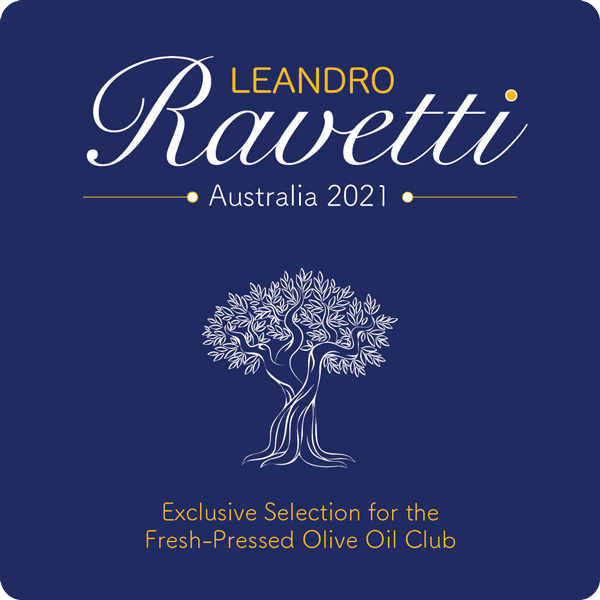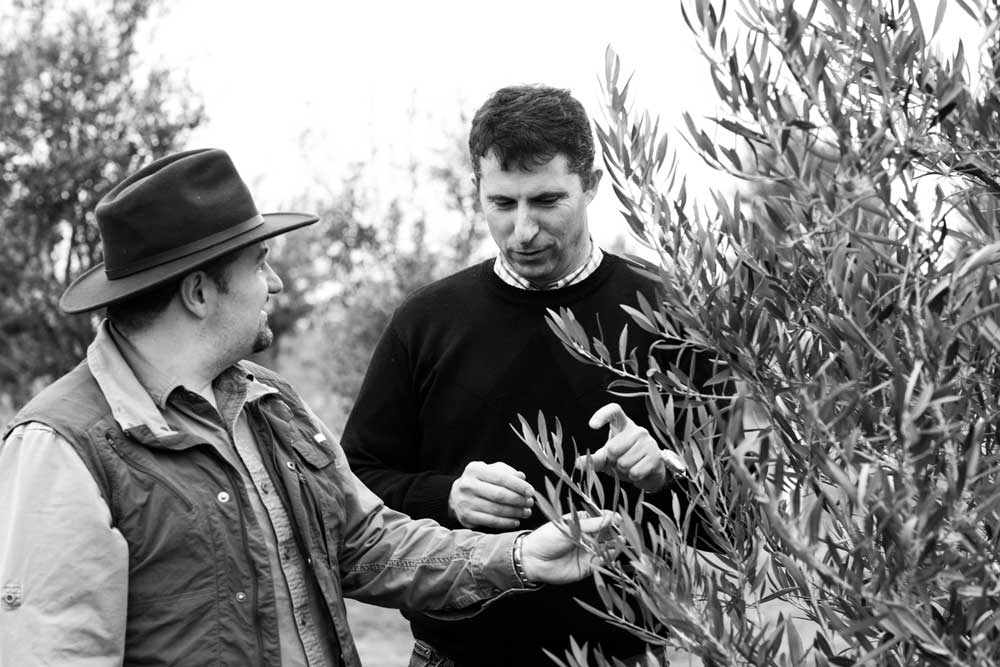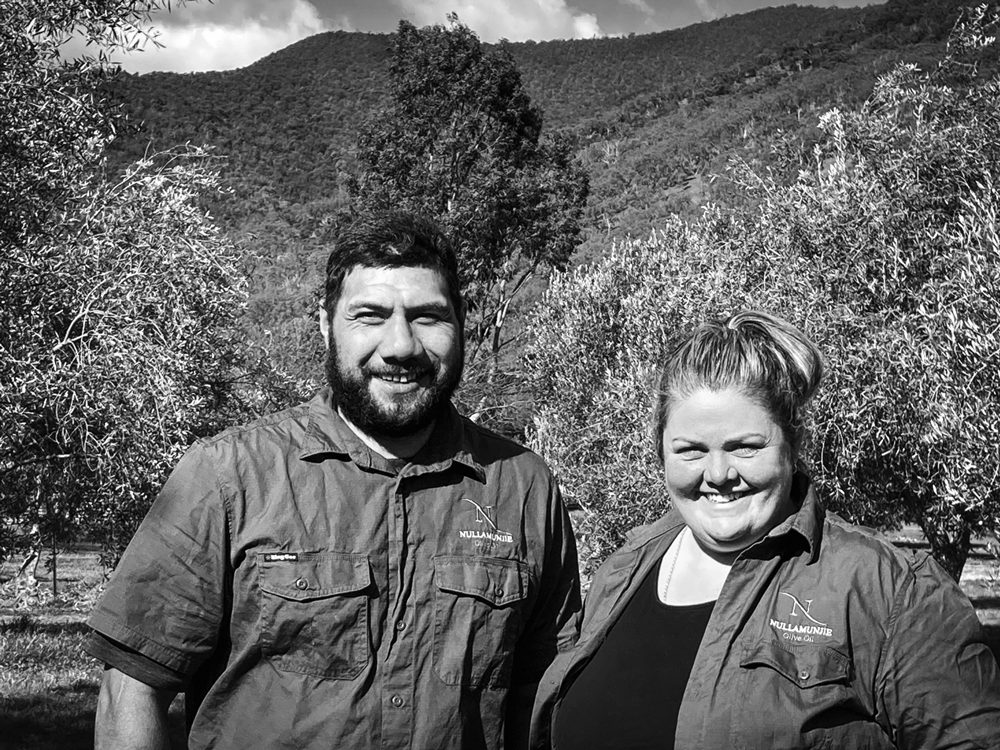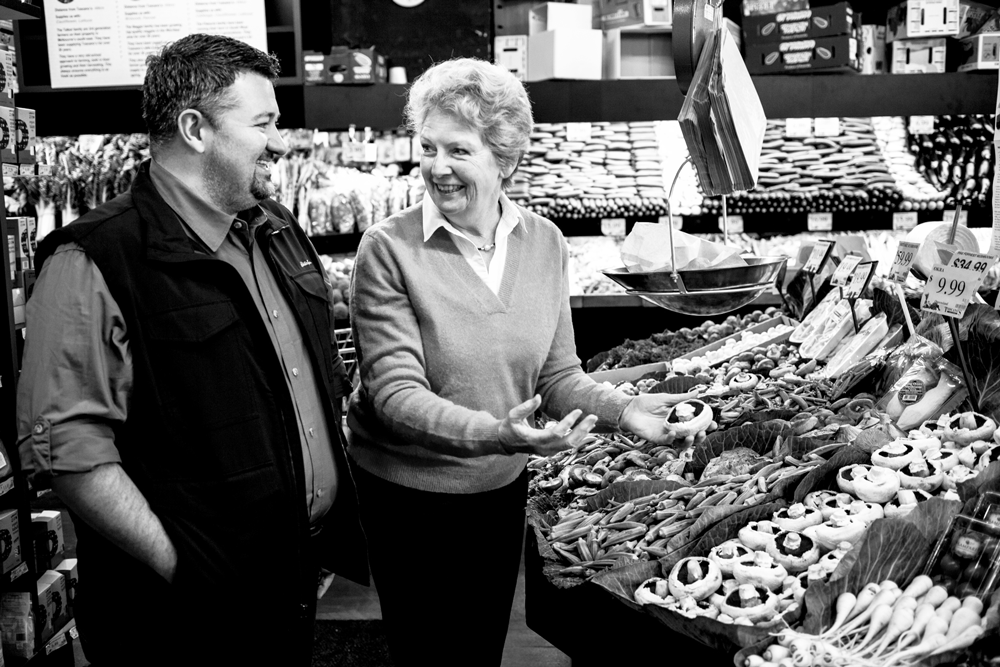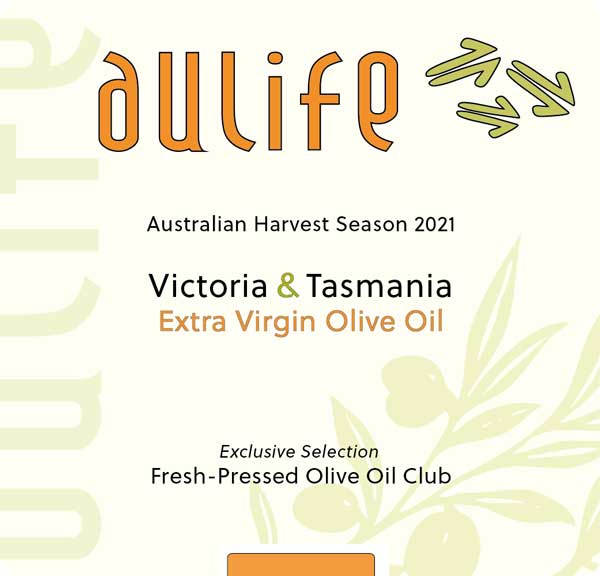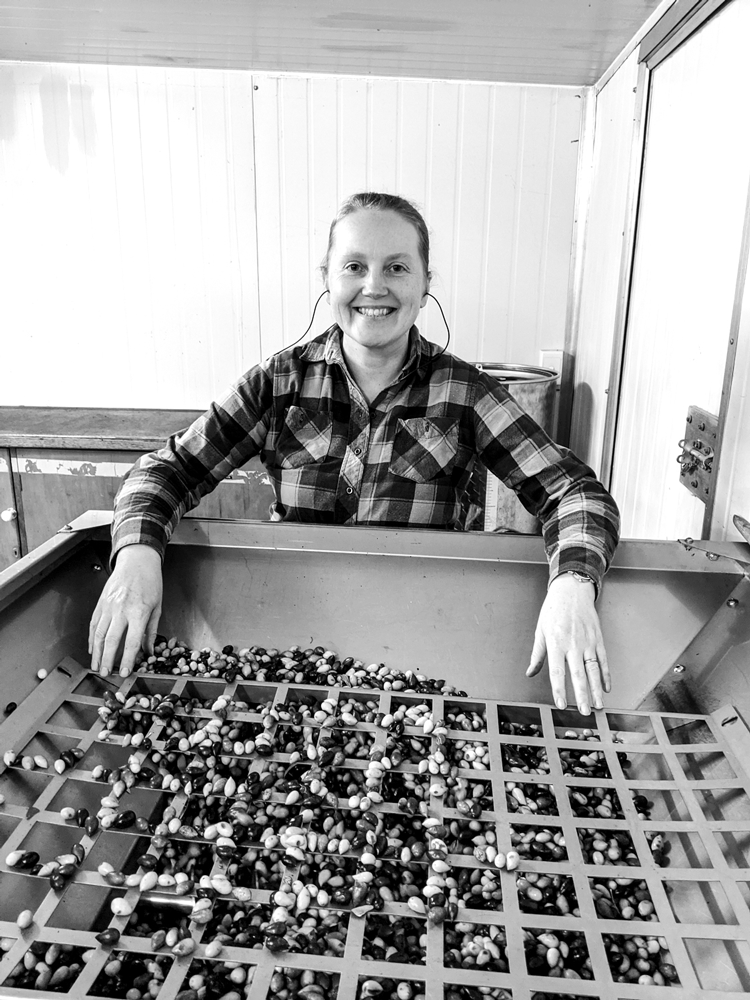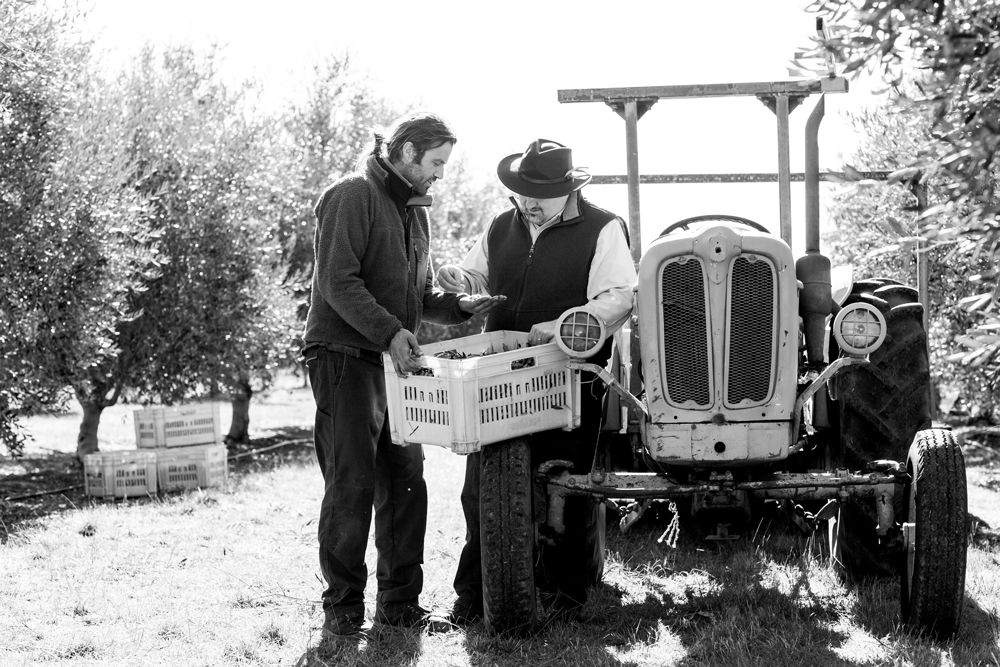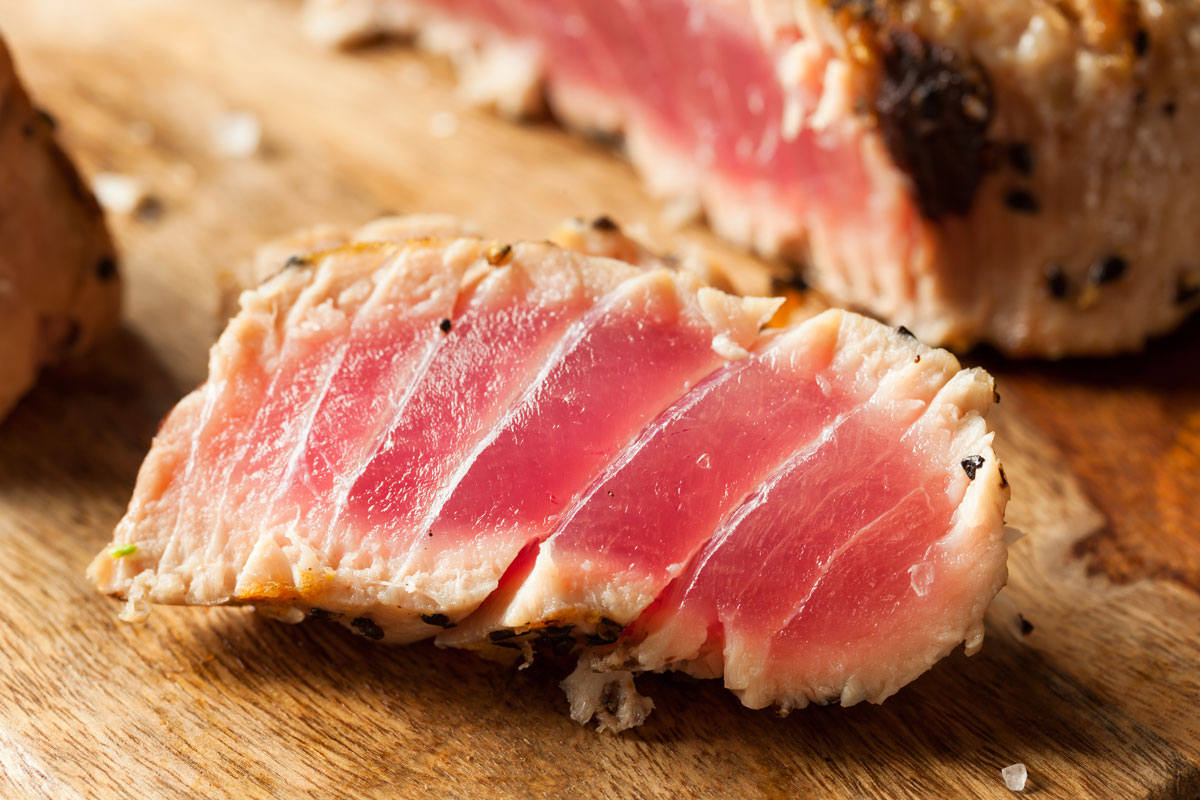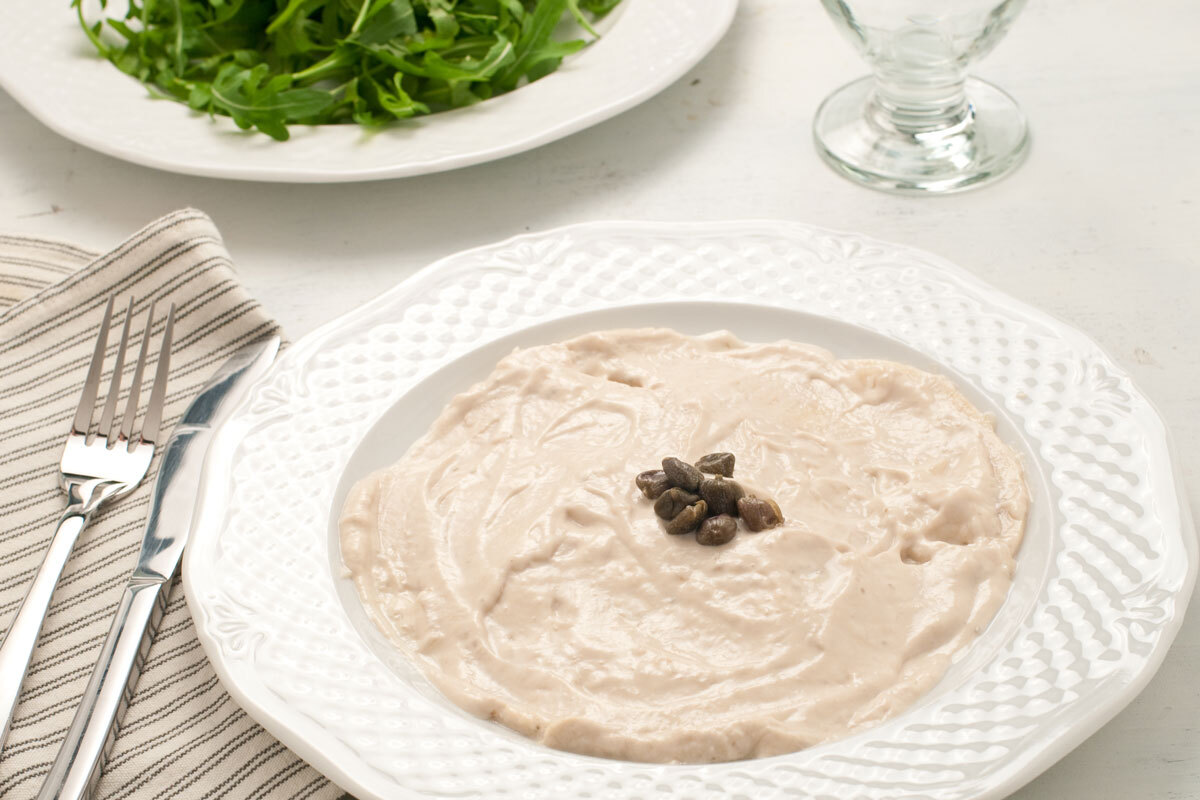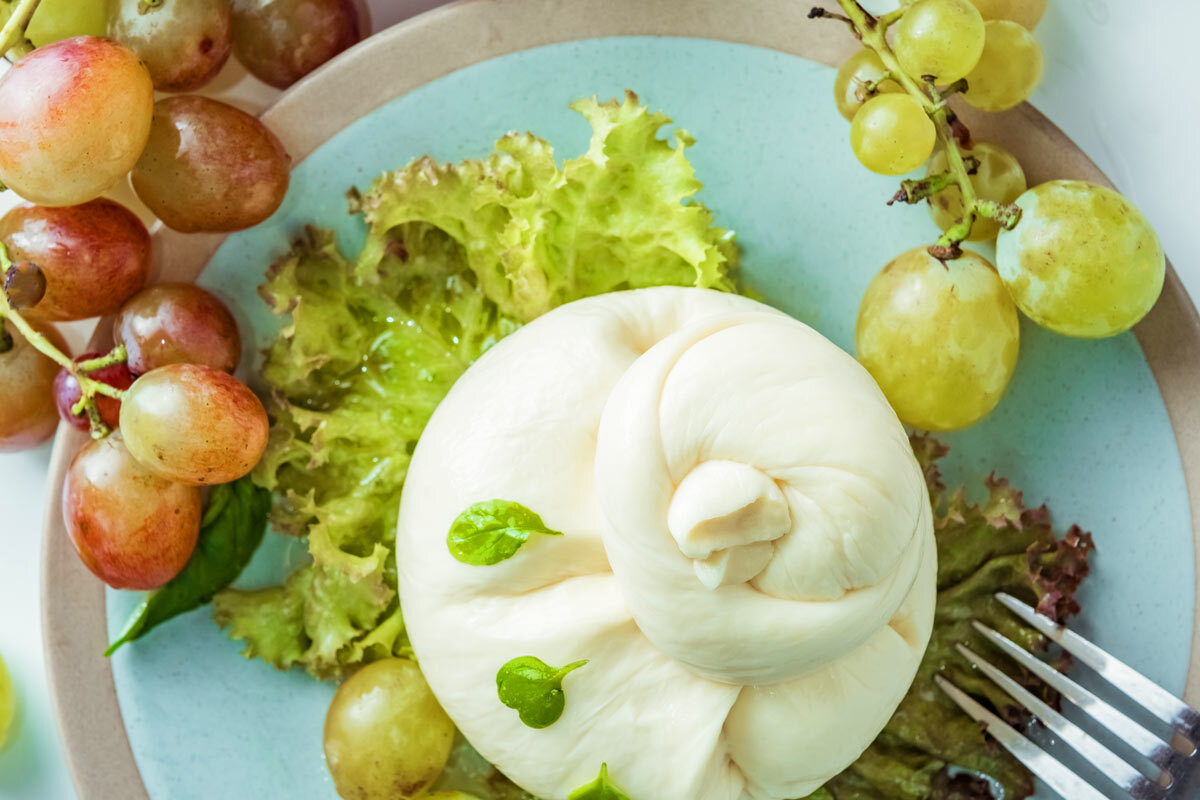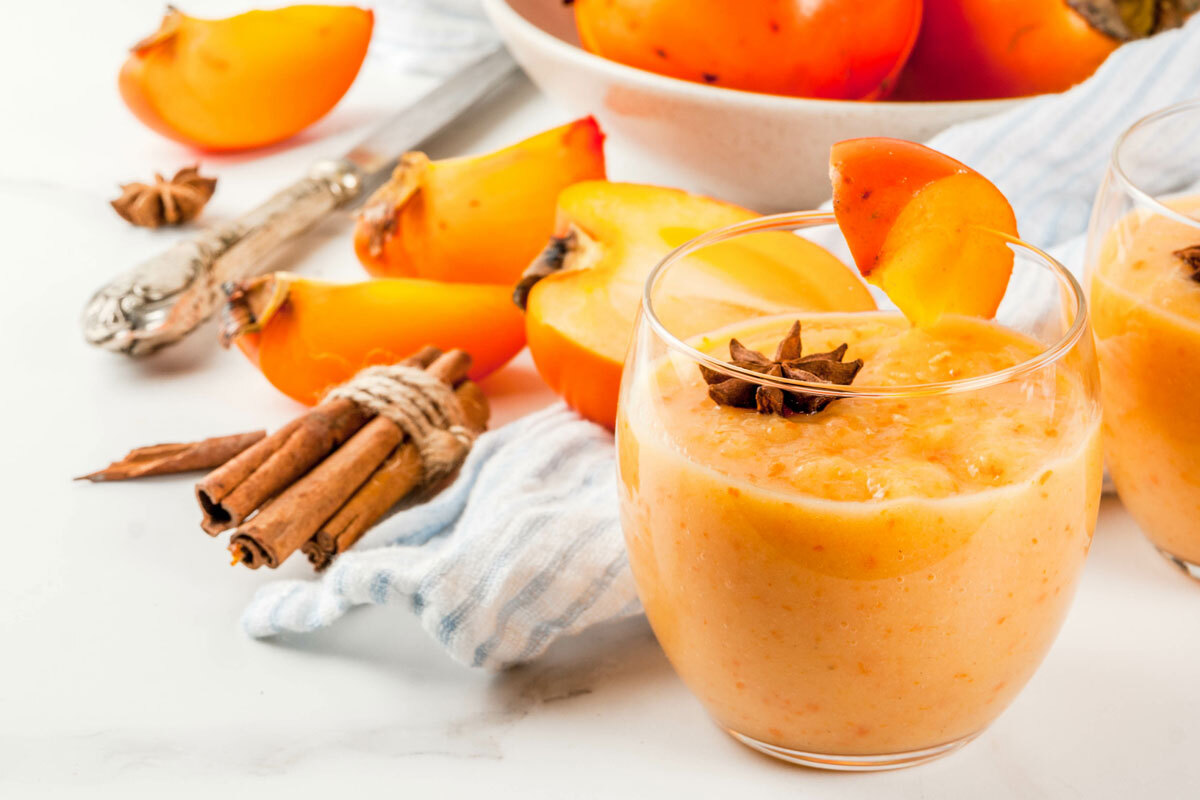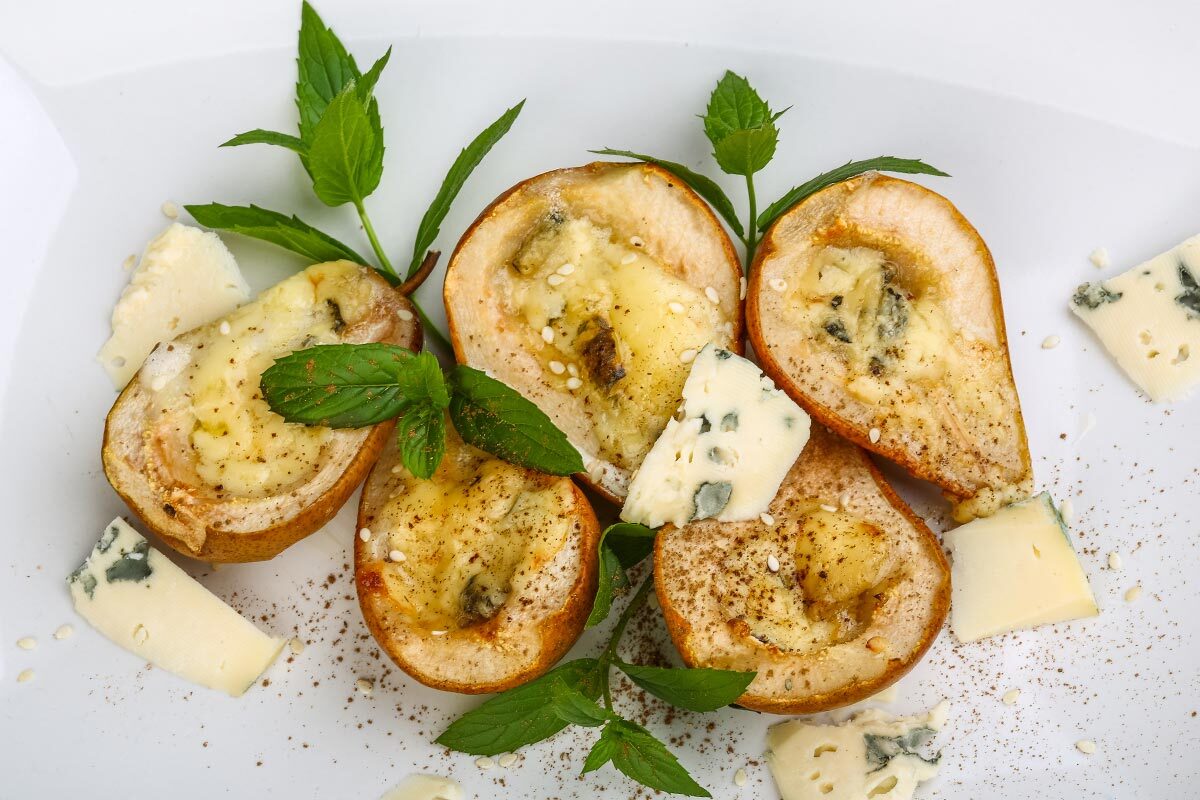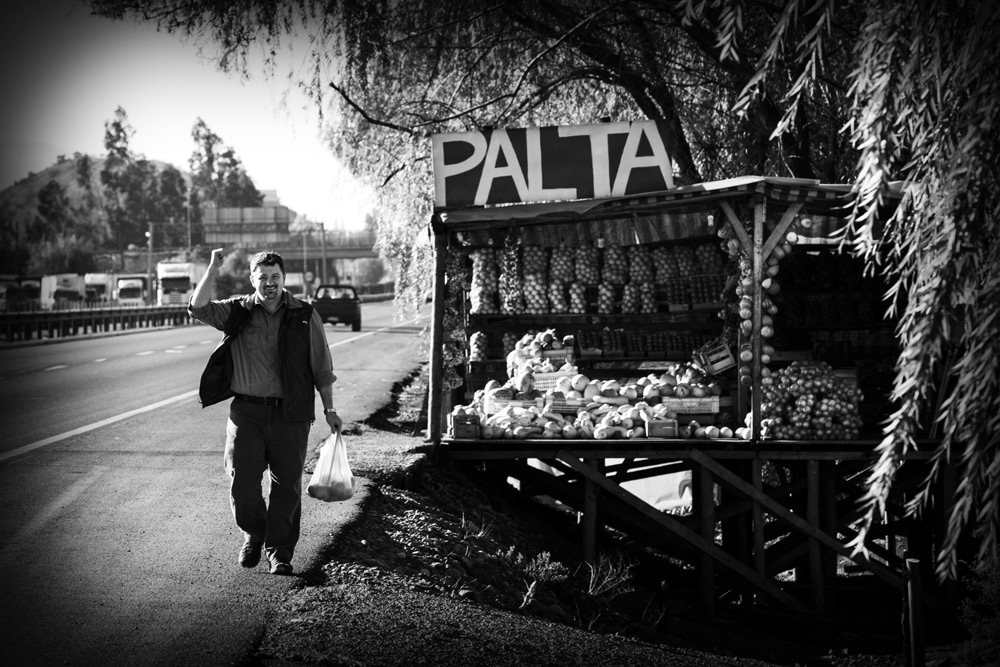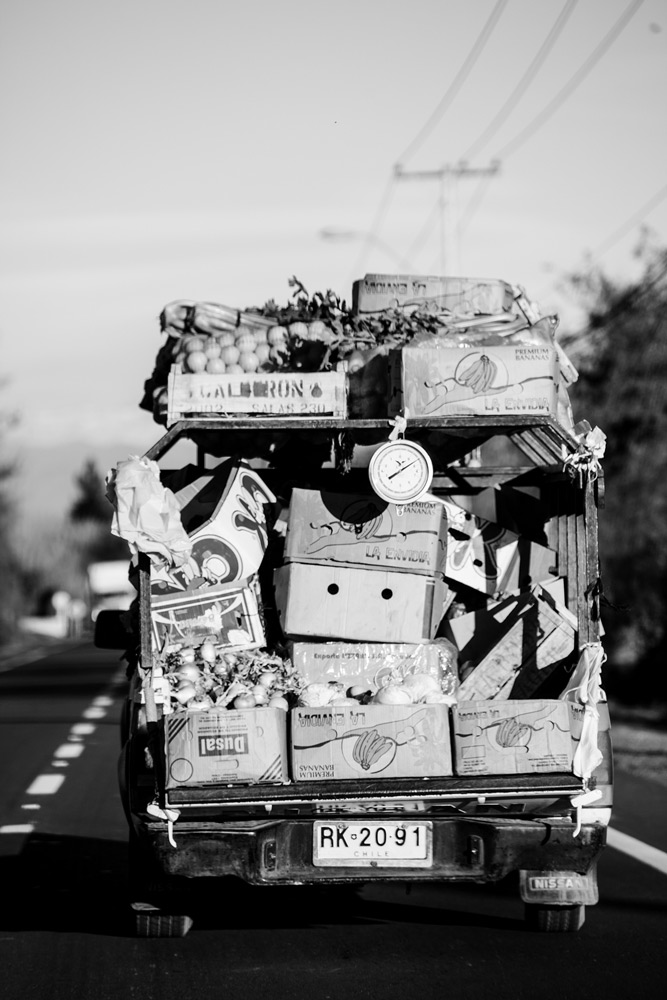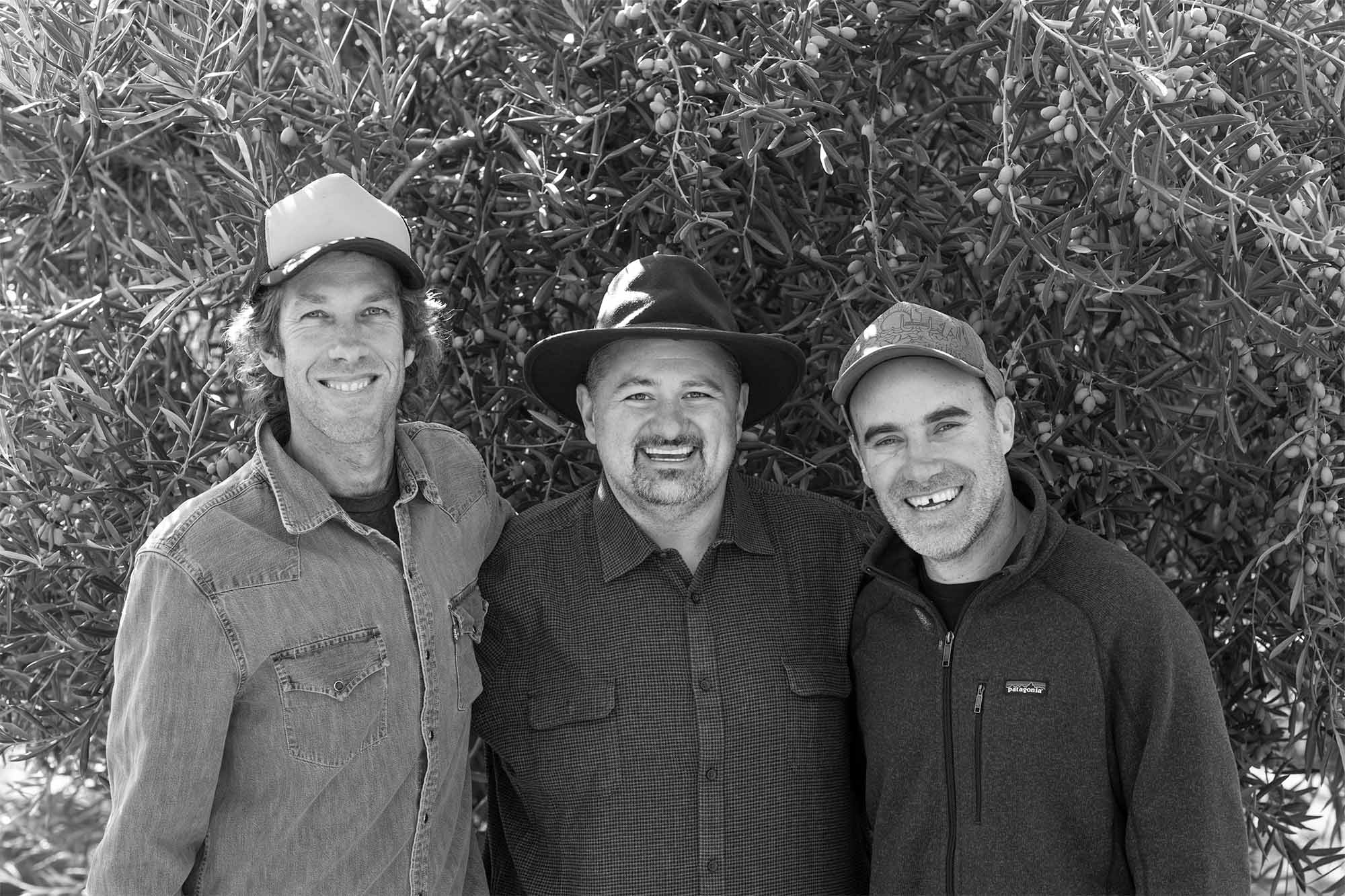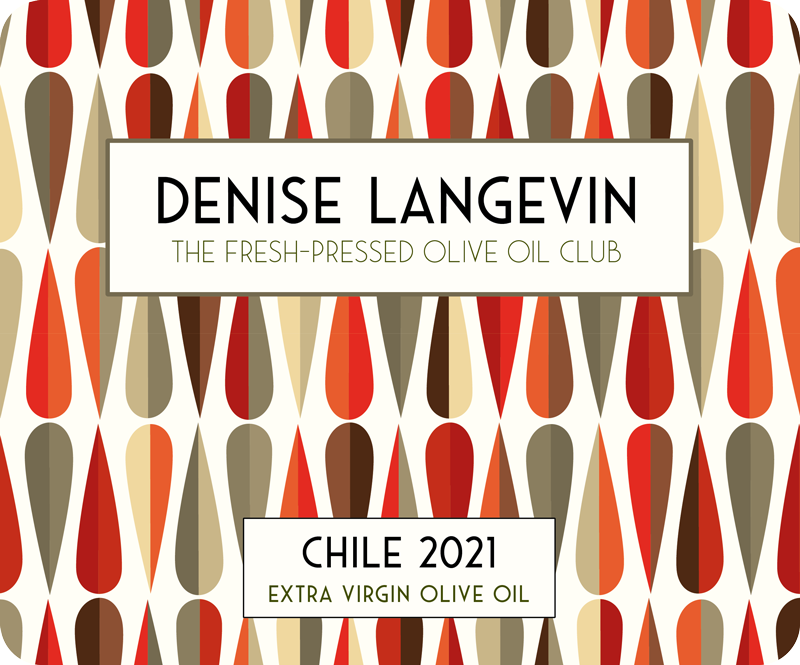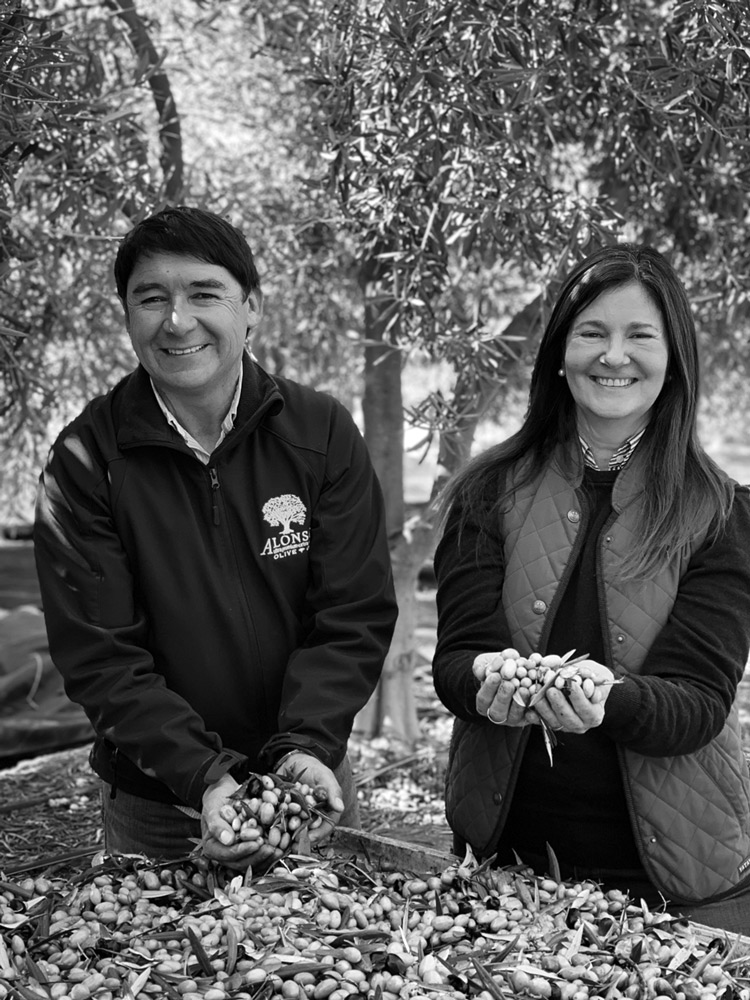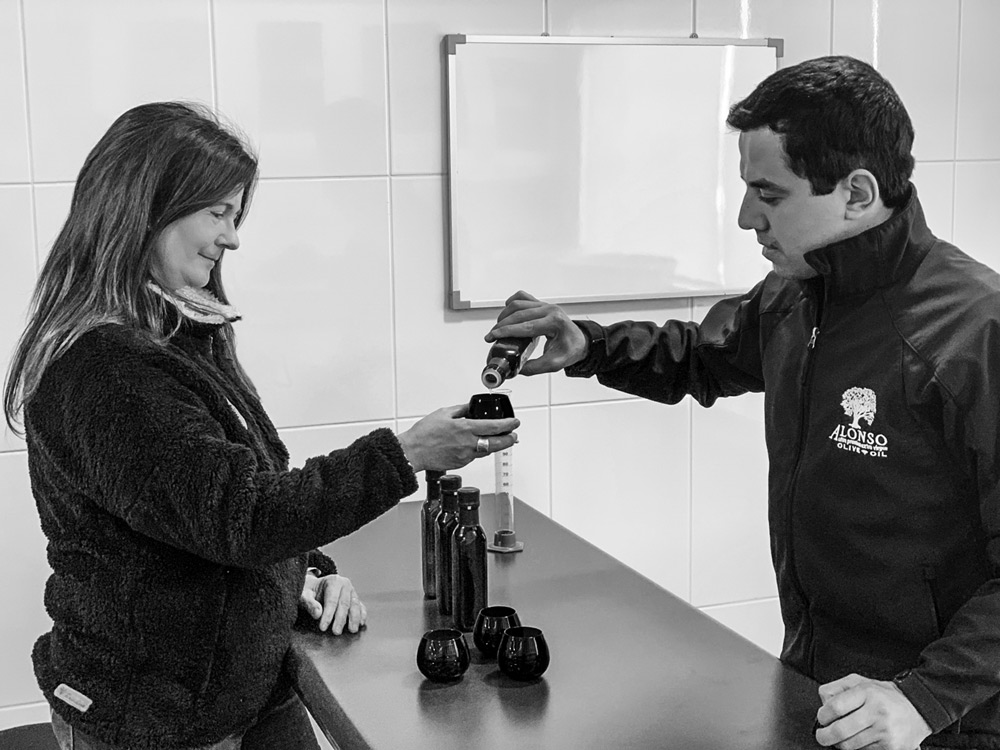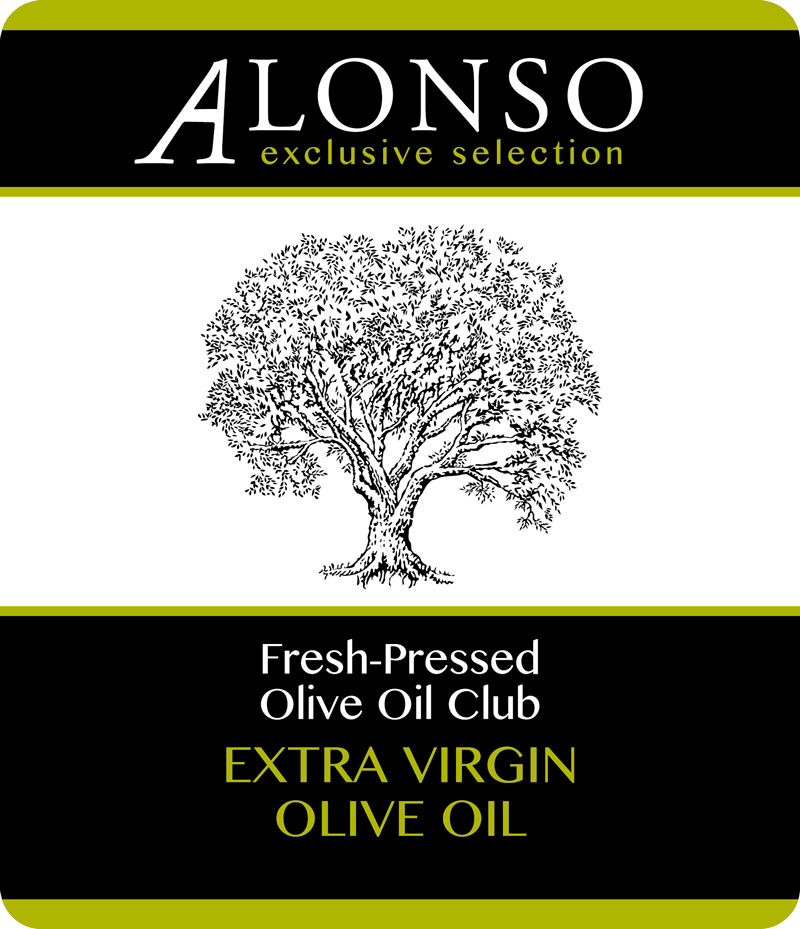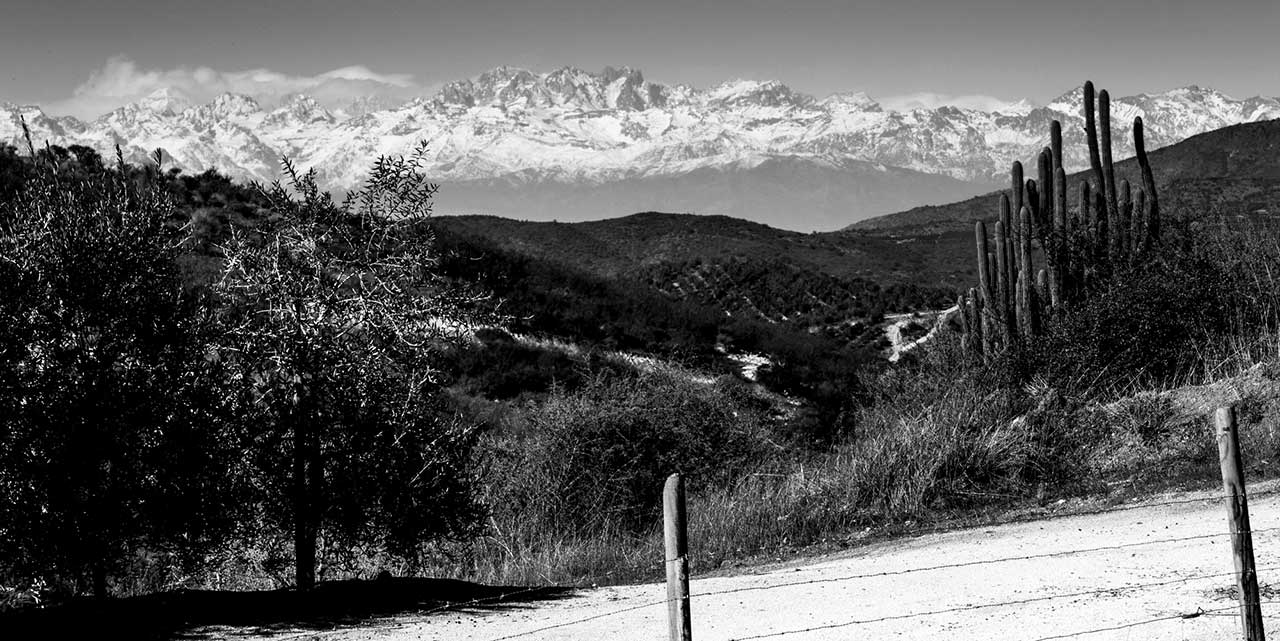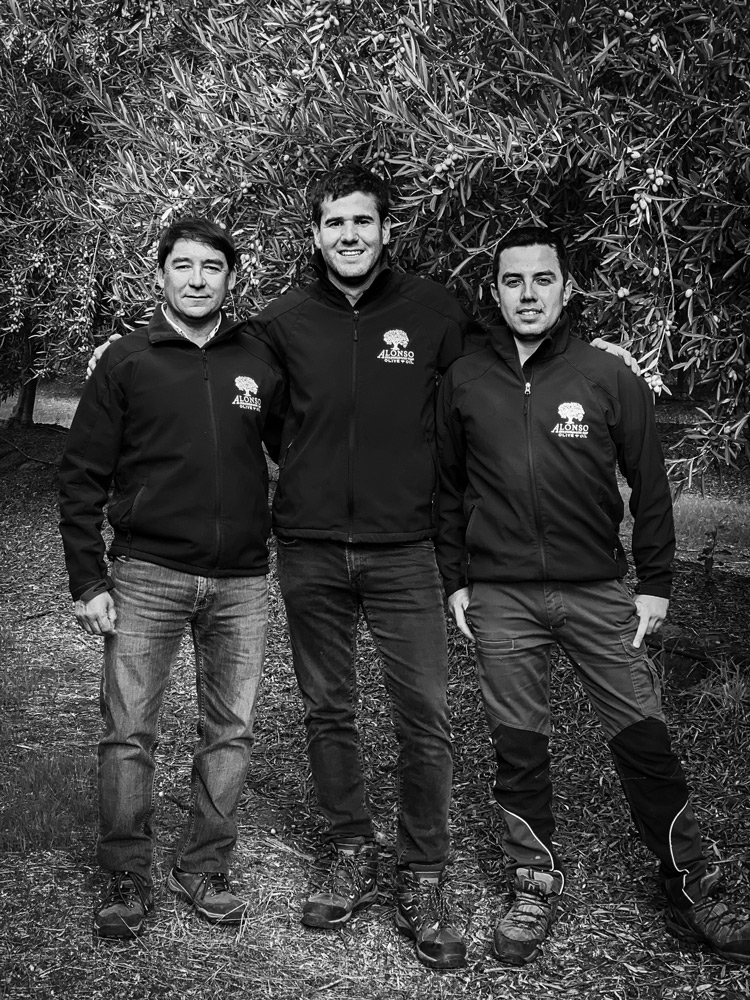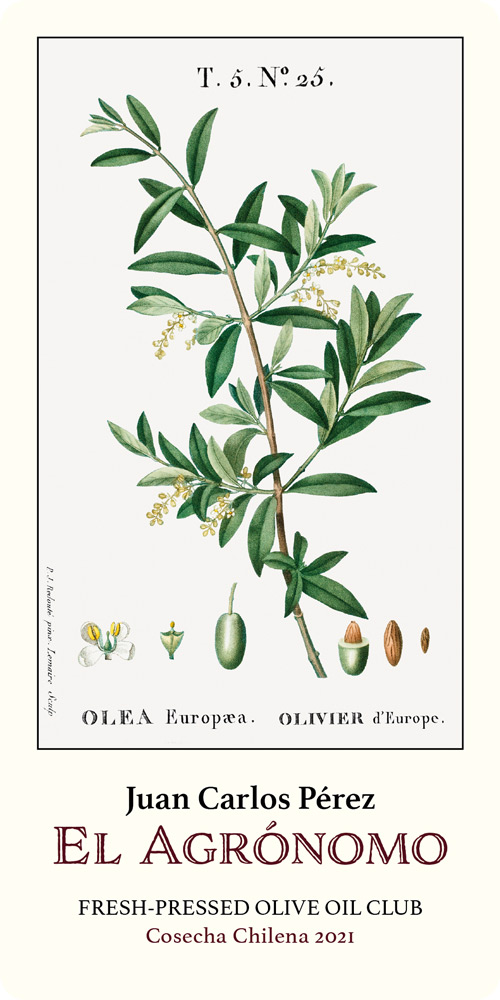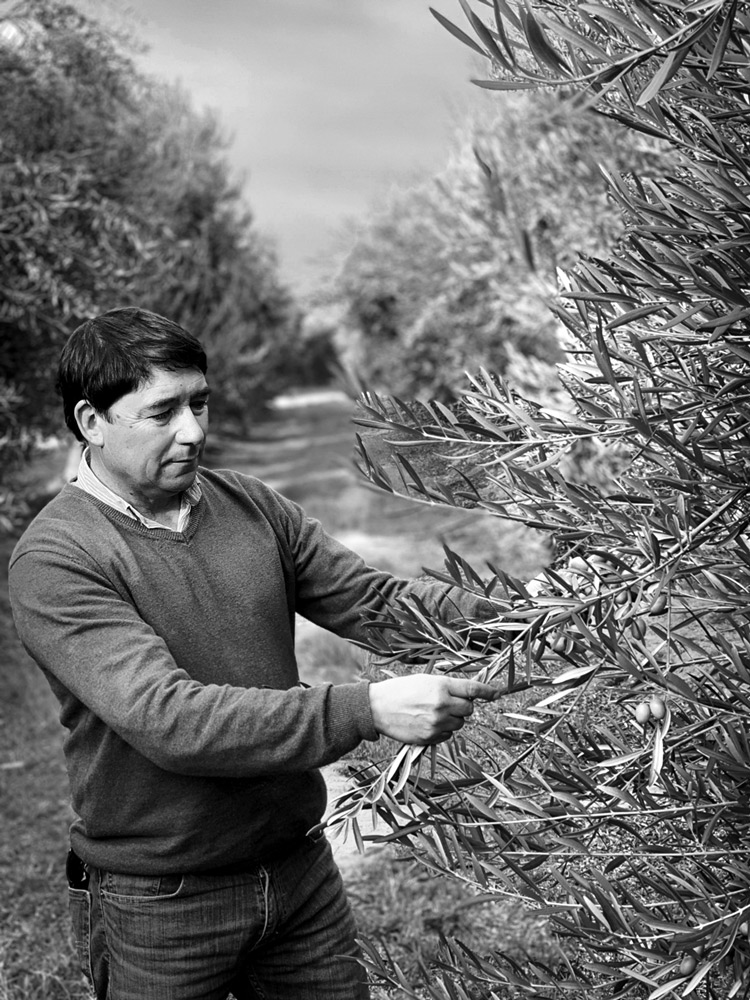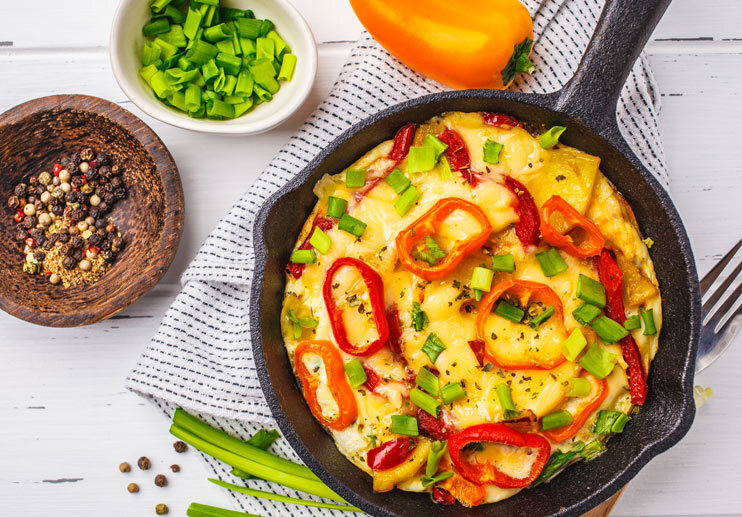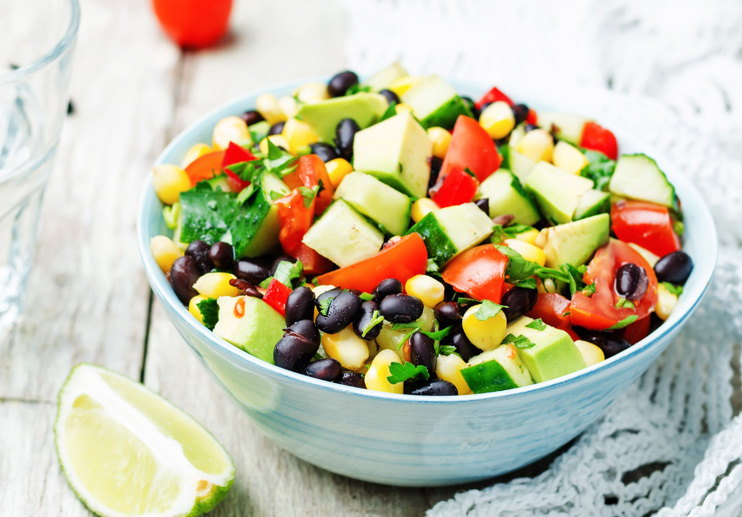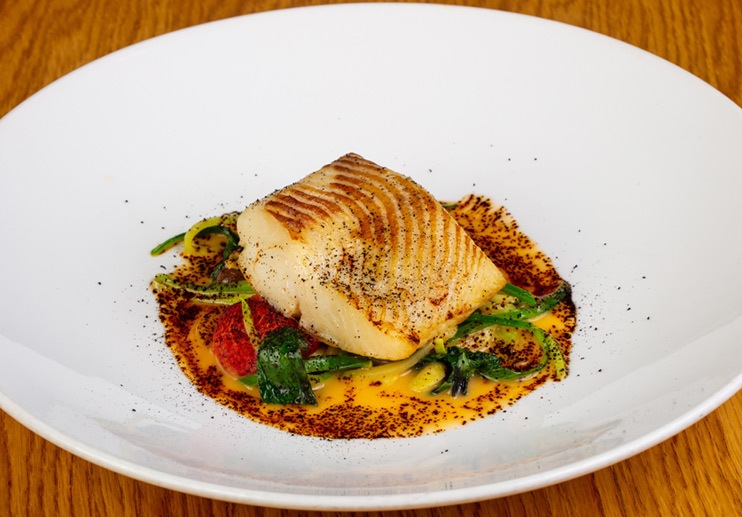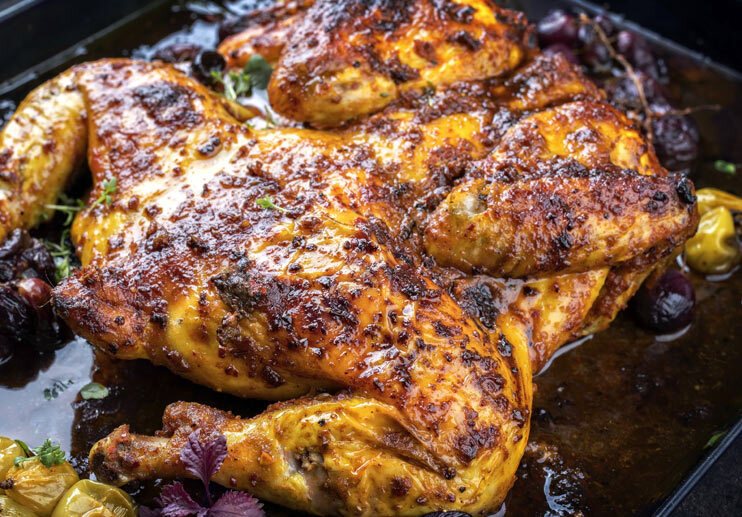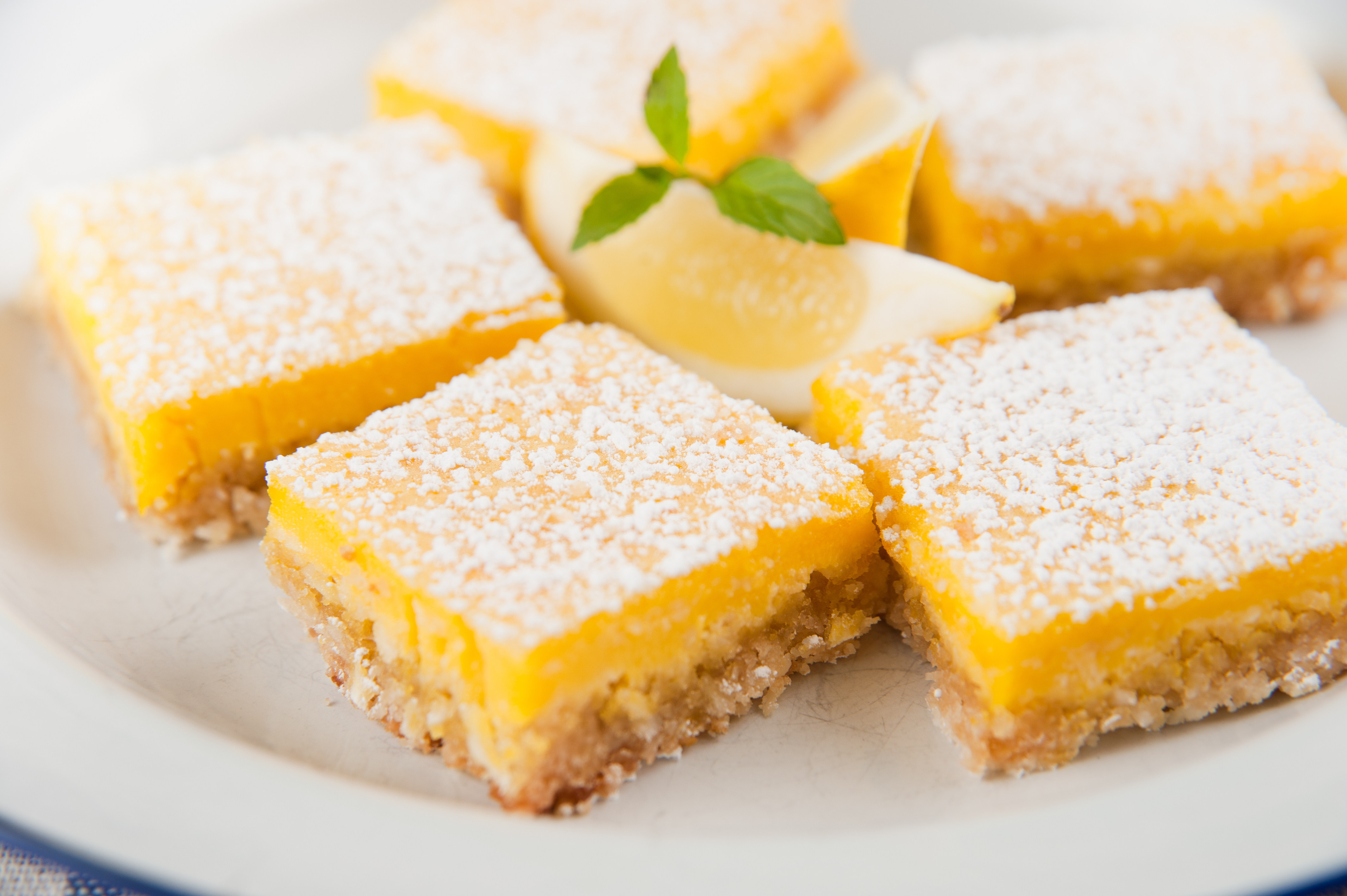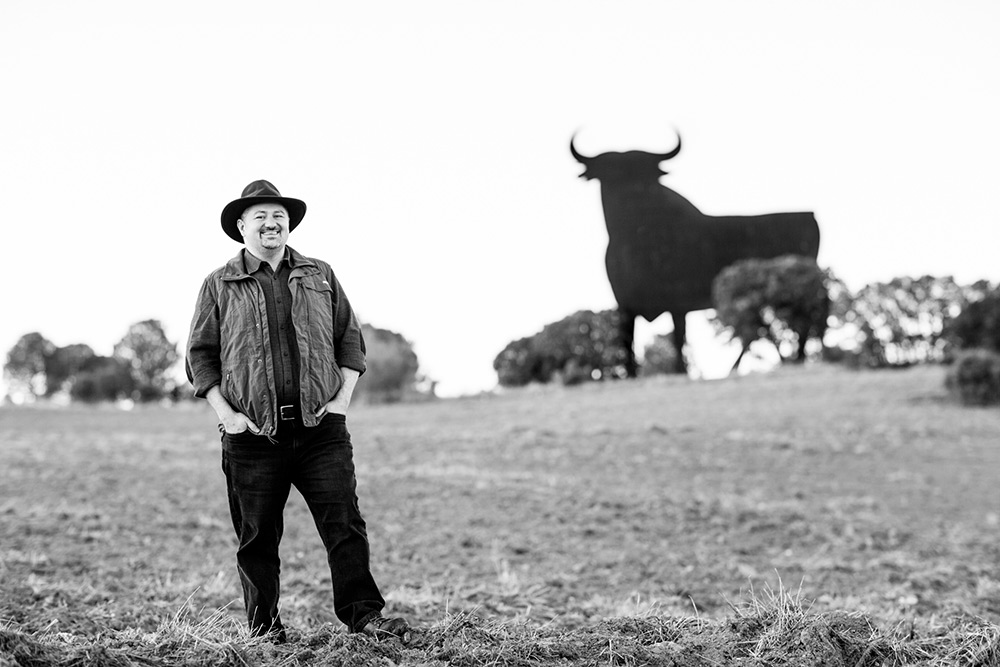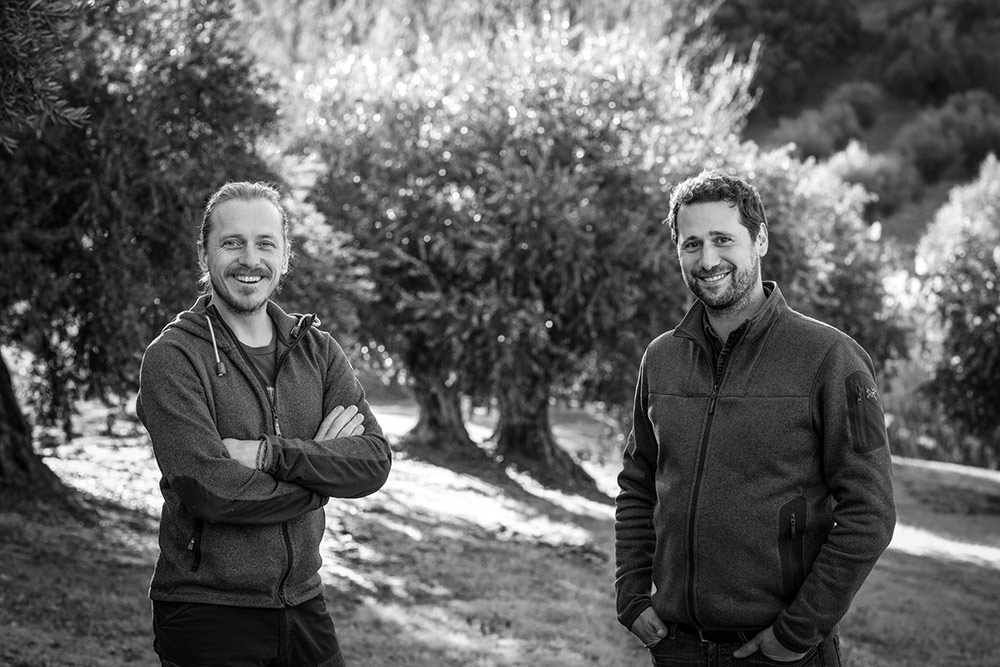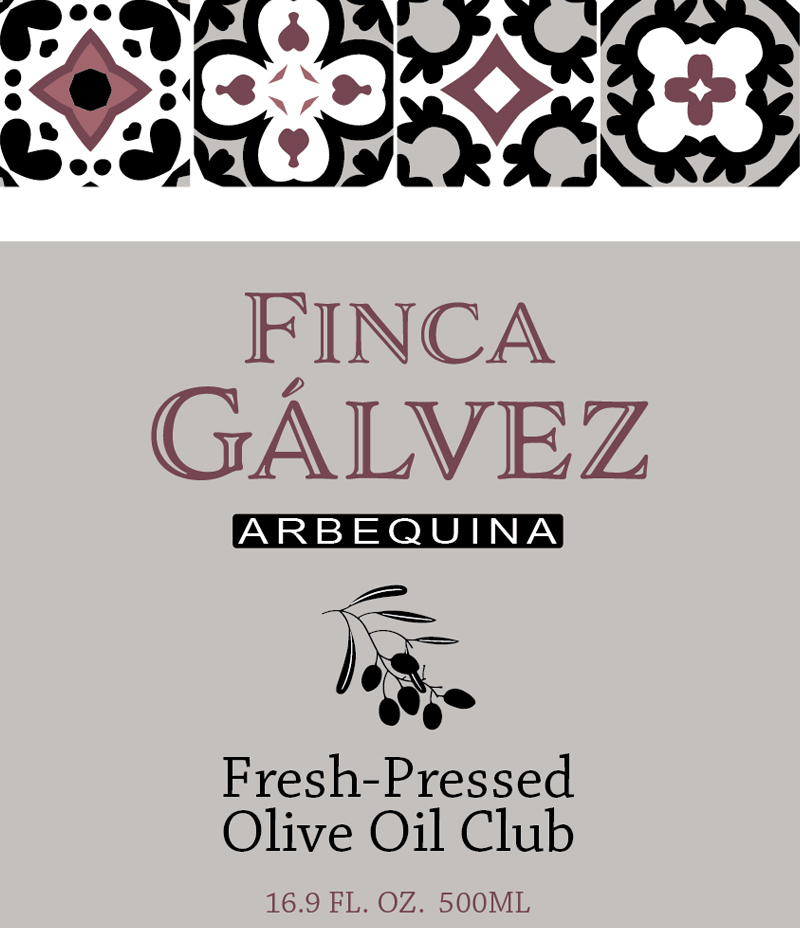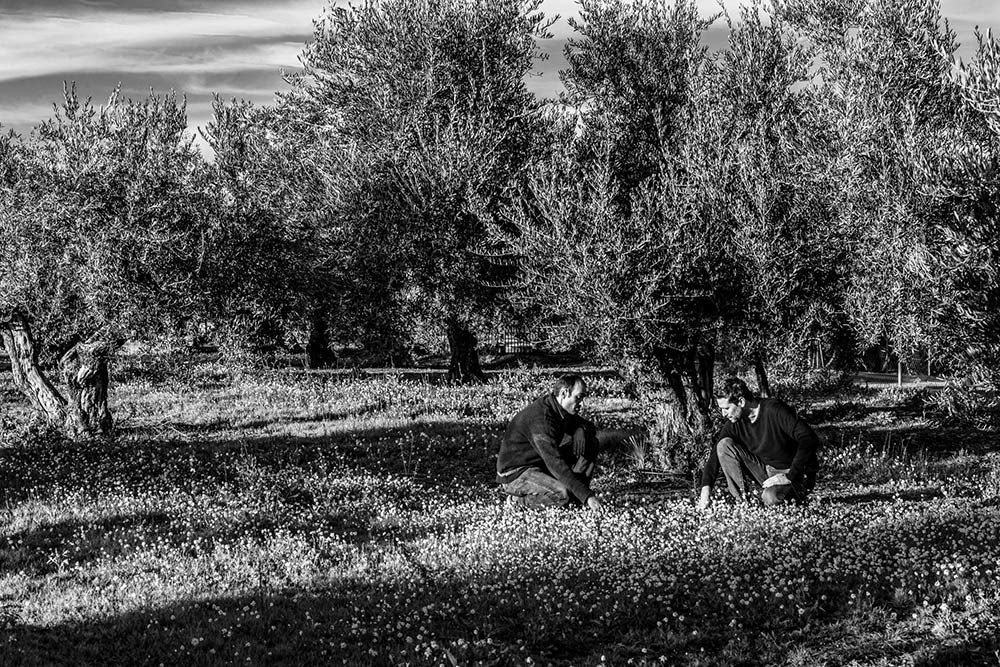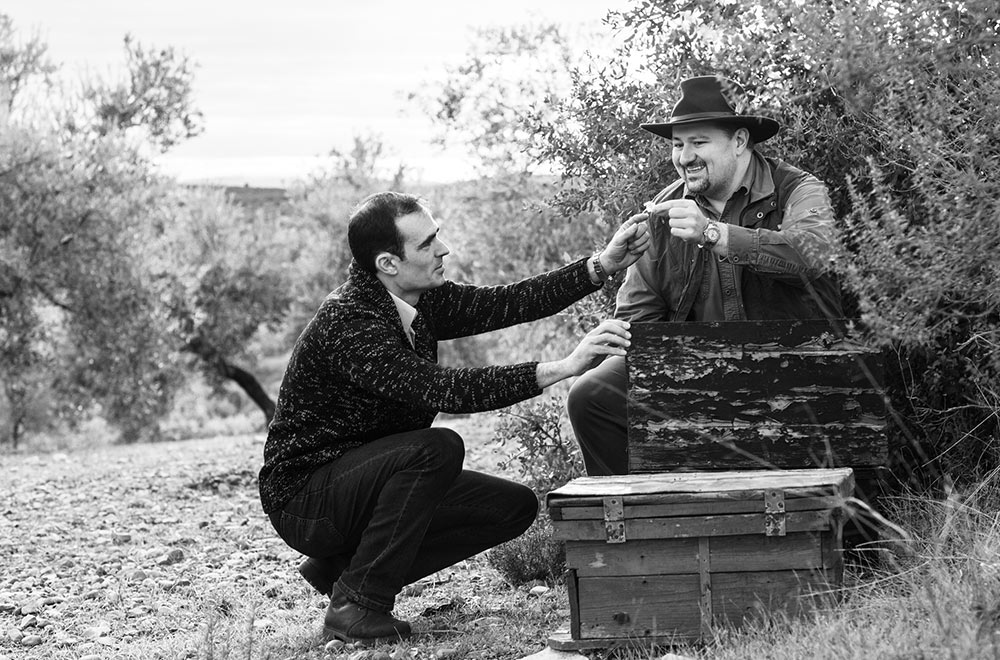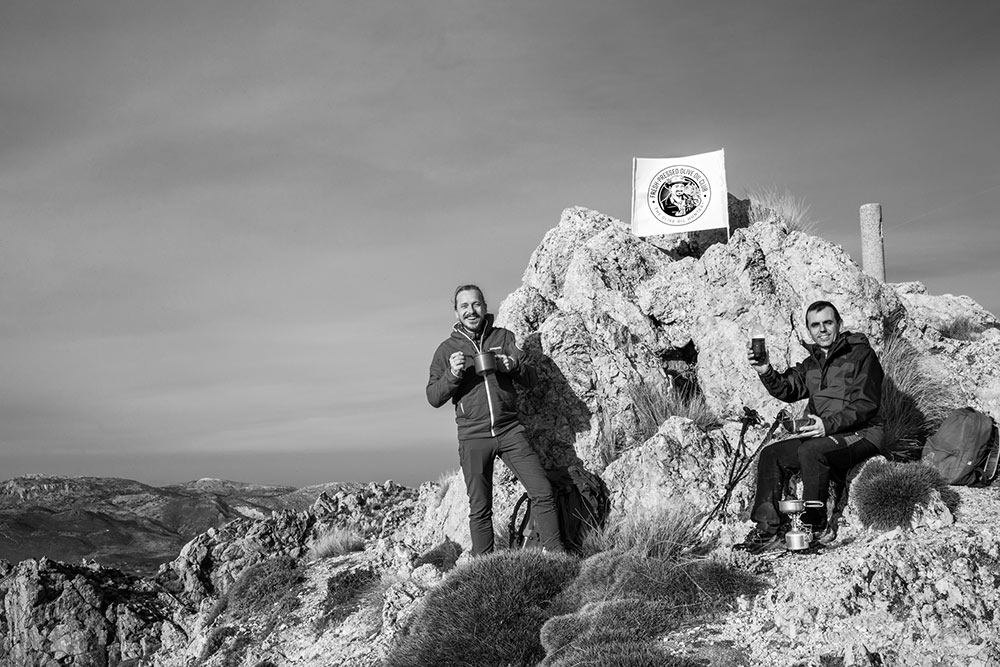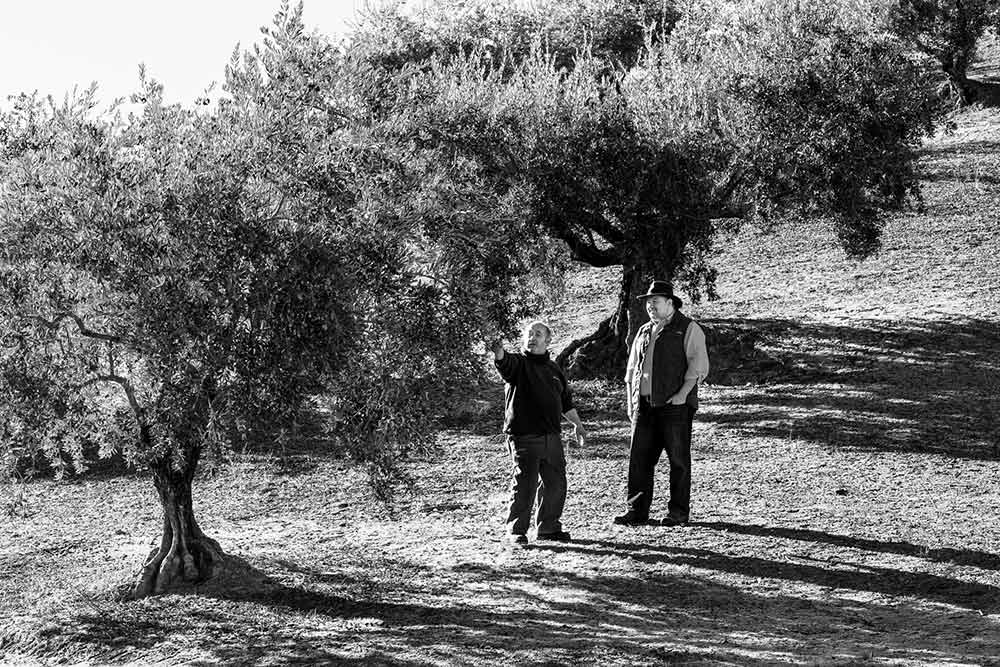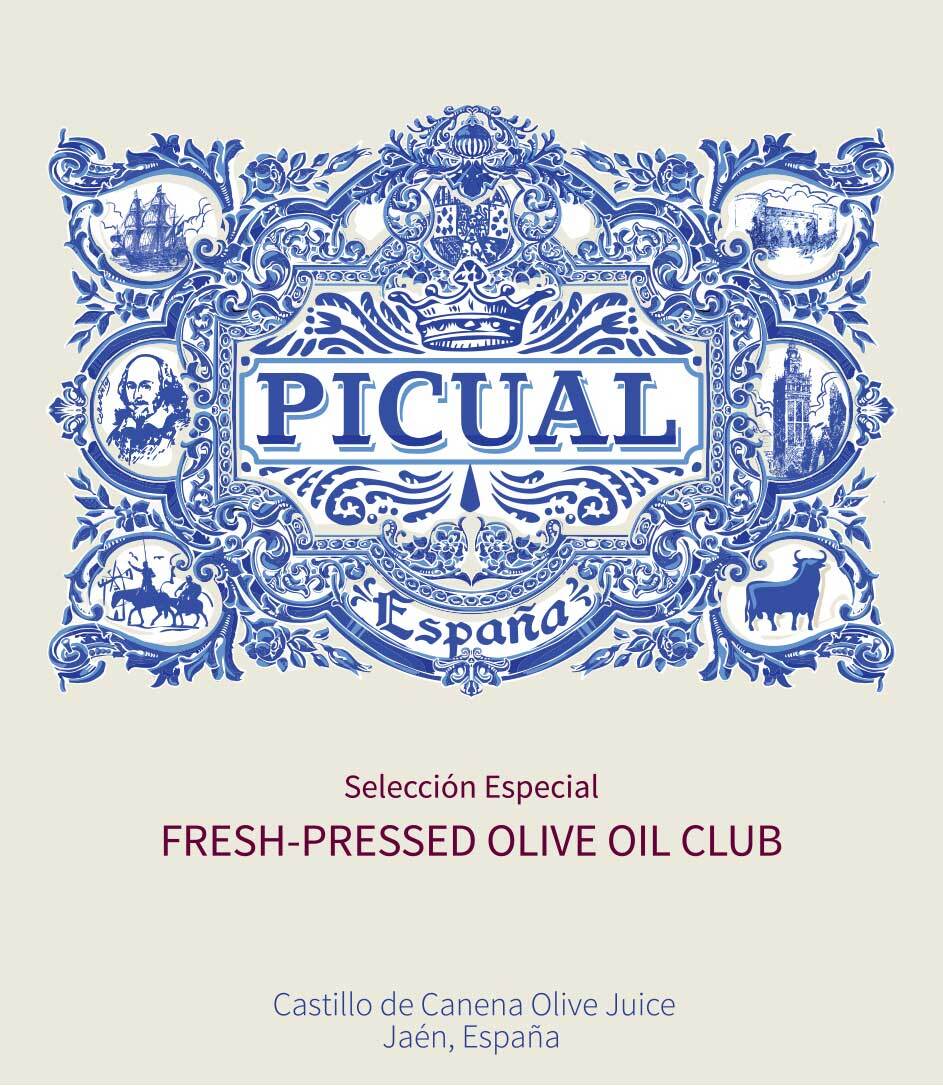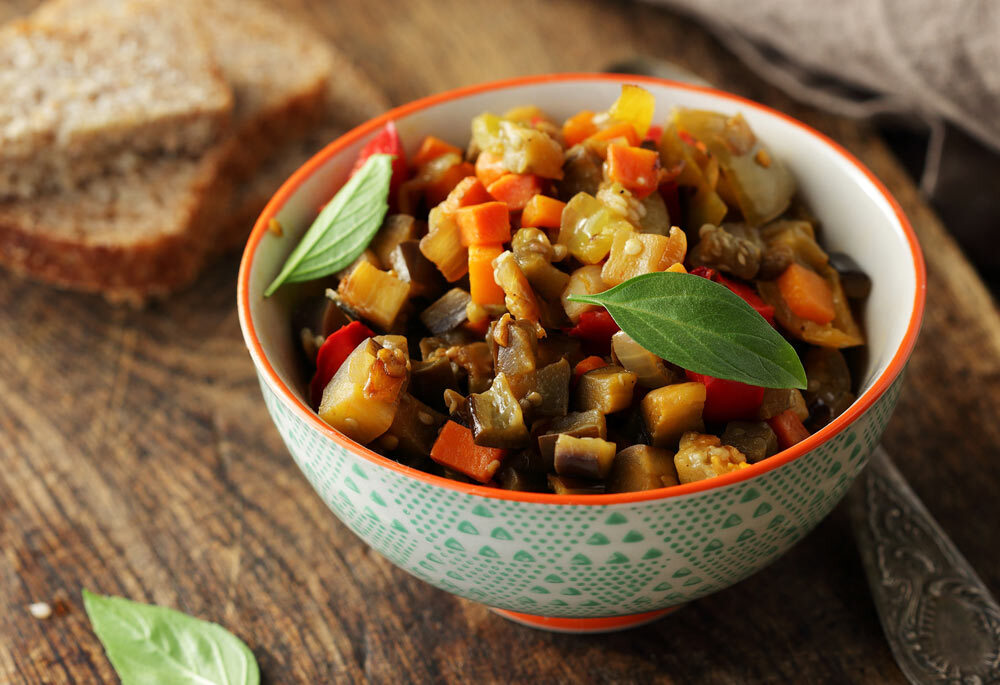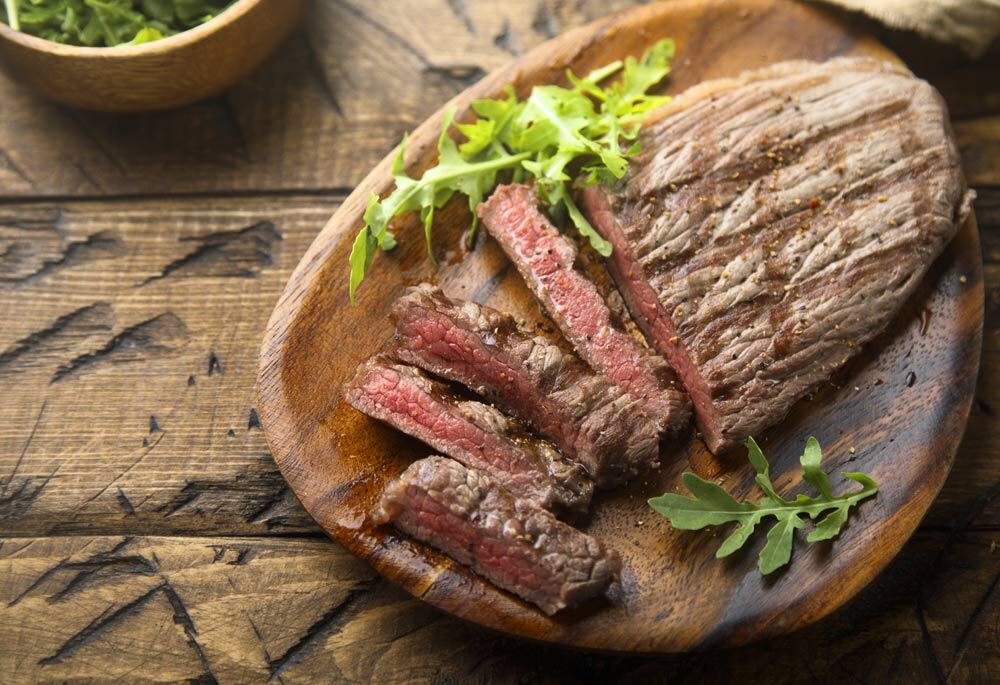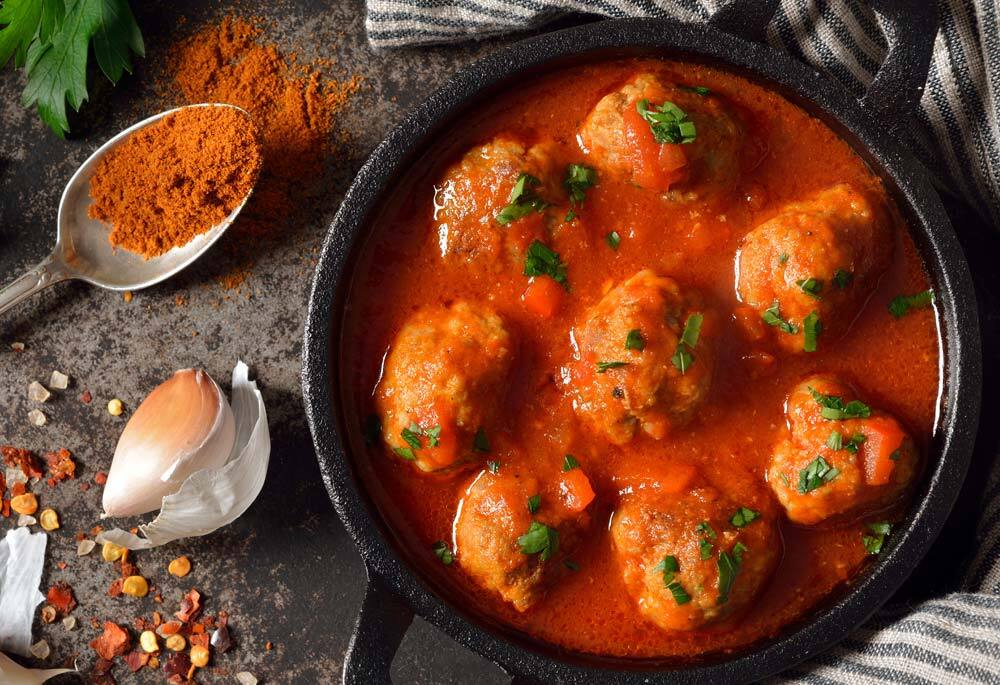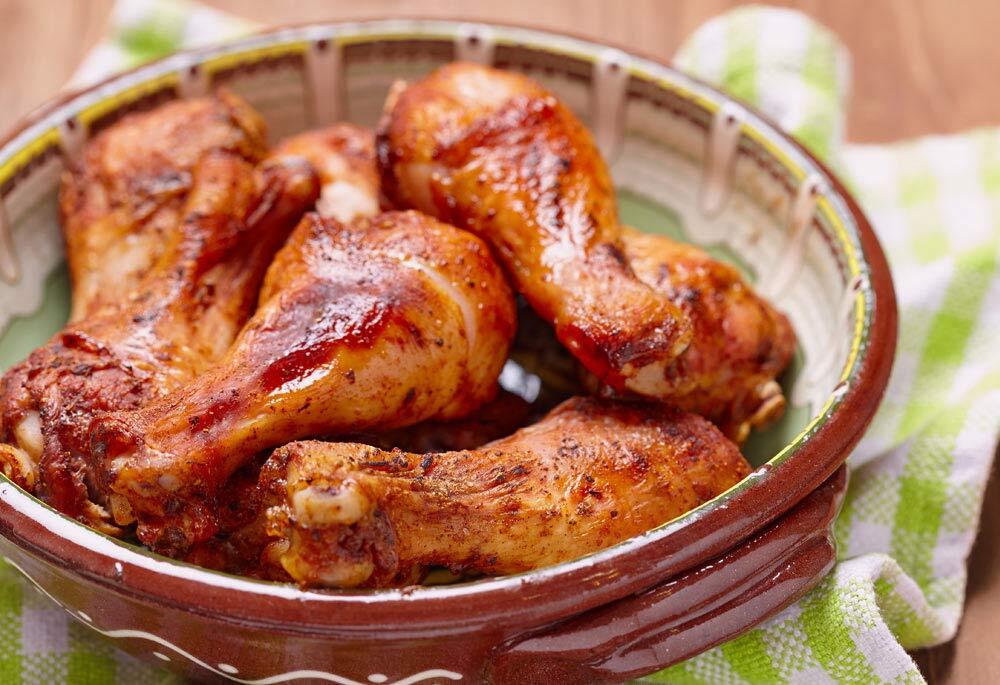Presenting Three Fantastici Extra Virgin Olive Oils from Family Farms in Southern Italy
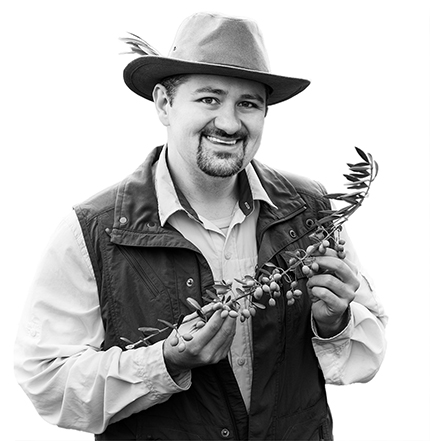
- These delightful just-pressed olive oils, chosen expressly for you by the Olive Oil Hunter, are from award-winning producers in Sicily, Abruzzo, and Apulia.
- All were rushed to the US by jet to preserve their extraordinary flavors, aromas, and healthful polyphenols.
- All three are Club exclusives and are available nowhere else in the US.
- An independent lab has certified all three to be 100 percent extra virgin olive oil.
When my phone rang recently at my Asheville, North Carolina, home, it was my friend and colleague, world-renowned olive oil expert Duccio Morozzo della Rocca. He was calling to report that, moments before, he and olive oil producer Claudio Di Mercurio from the Abruzzo region of Italy had concluded a delightful meal at a local restaurant, the food drizzled with just-pressed extra virgin olive oil from Claudio’s farm. How I wish I could’ve joined them for our traditional celebratory post-harvest meal.
The call prompted me to reminisce about all the incredible moments (food-related and otherwise) I’ve enjoyed in Italy, and made me “homesick” for the country that launched my career as the Olive Oil Hunter. I calculate I’ve spent more than a year of my life there. It’s the most olive oil-centric place in the world, home to nearly 550 varieties of olives—an olive oil lover’s paradise. Italy’s relationship with Olea europaea is thousands of years old. It permeates the culture in ways I’ve never seen anywhere else.
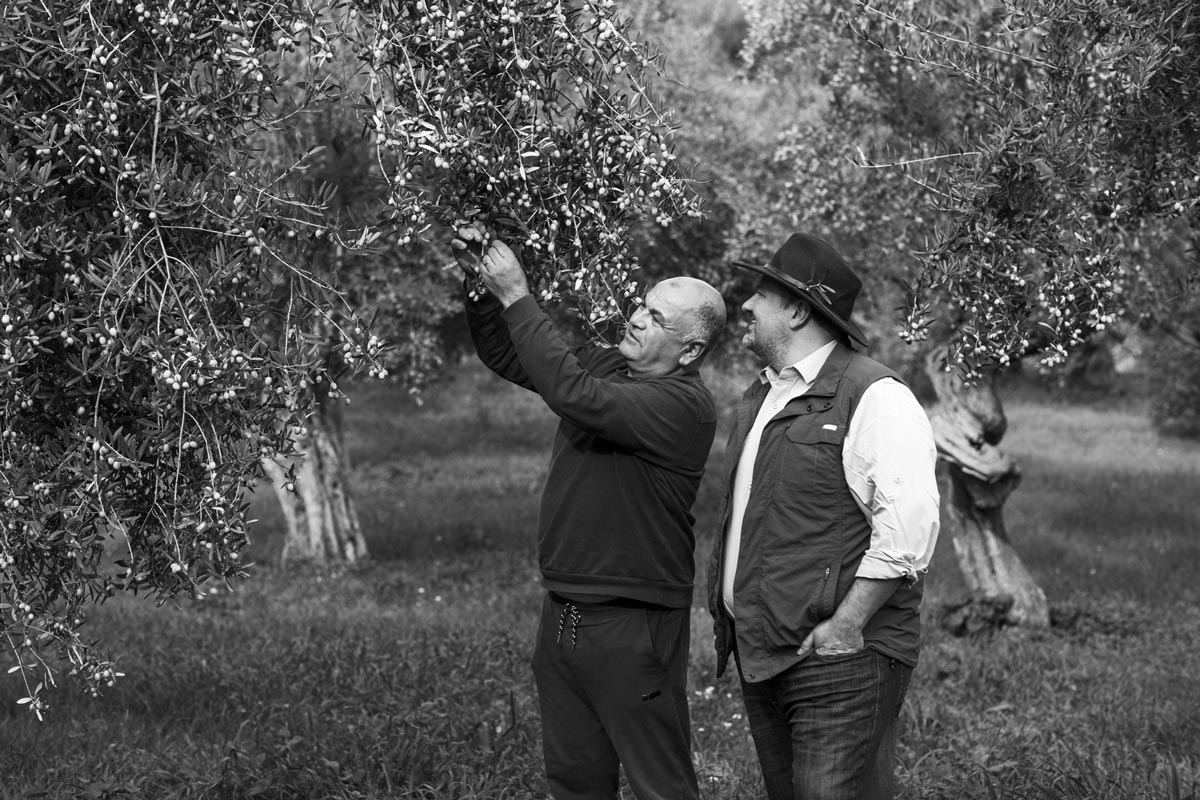
Improvise, Adapt, and Overcome
Though it started later than usual in some regions, the current Italian harvest is well underway. The incomparable oils you have received were among the first to be pressed. As a Club member, you know I have always had a strong preference for the vibrant, nuanced flavors and aromas of early-harvest oils. The producers I work with know this and alert me when the moment is just right for the olives. (The “magic window,” I like to call it.)
The last few quarters have been professionally challenging. When it was clear the pandemic would restrict international travel, my team and I adopted an almost militaristic mantra: “improvise, adapt, and overcome.” We marshalled our resources on four continents, ensuring the timely arrival on your doorstep every three months of the world’s finest, freshest extra virgin olive oils.

This quarter, my invaluable “boots on the ground” were Tjeerd Beliën and the aforementioned Duccio. Let me introduce (or reintroduce) them to you.
My dear friend Tjeerd—we met as teenagers in 1996—is a Dutch citizen and an inaugural member of my Merry Band of Tasters. (We hope the Band will be reunited in early 2022!) His beautiful black-and-white photographs have animated the pages of the Pressing Report since 2005. Behind the scenes, he does much, much more: I treasure his help and resourcefulness. This quarter, he put his Europe-based RV at the disposal of the Club, interfaced with prospective and selected producers—he speaks six languages—and went above and beyond to put these extraordinary oils into your hands.
The mellifluously named Duccio Morozzo della Rocca, a much sought-after olive oil sage and master miller based in Rome, has been steering me to some of the Mediterranean’s best producers for over a decade. It was his tip back in 2019 that eventually led to one of this quarter’s most unexpected discoveries—an amazing Coratina from the Di Martino family, whose clan has been in the olive oil business since the 1600s. (Here’s context: the ink was barely dry on Shakespeare’s last plays when this clan, originally from Emilia-Romagna, established a vast olive grove in Apulia.)
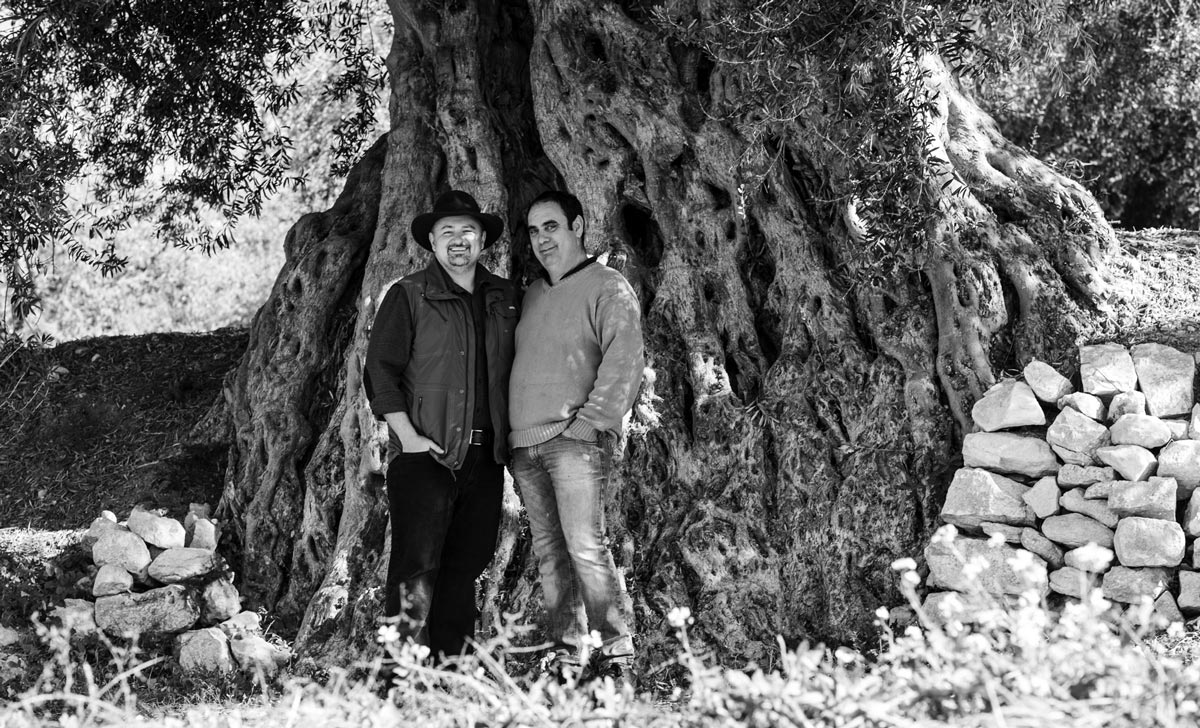
Three Distinct EVOOs From Family Farms
And speaking of families, I want to emphasize that all three oils in this sensational trio were produced on family-owned and family-run farms. As Duccio says, we’re talking about Italian families. With brothers and sisters and sons and daughters and aunts and uncles and cousins. With nonne bustling in the kitchen, making fresh pasta, baking bread, and pretending they’re not listening intently to the conversation at the dining room table. People who are passionate about everything in their lives—especially their familial olive oils.
You can read more about these families and their awesome oils below. But for now, know they are from Abruzzo, Sicily, and Apulia. All thrived in a year that brought disappointment to many Italian olive growers. And all their oils are excellent, clearly potential award-winners. (Competitions for this year’s harvest are not yet accepting entries.)
As always, I anxiously monitored the growing season from afar. Early on, it was clear Central Italy was victimized by a late frost that delayed flowering on the trees. The nascent flowers then wilted in the early, unrelenting heat of summer. An extreme lack of rainfall—zero—exacerbated the problem. I surmised my favorite Tuscan growers would not be in the running for the Fresh-Pressed Olive Oil Club this year. (Last year, some Tuscan oils were superlative, and won big in the New York International Olive Oil Competition. Such is the caprice of Mother Nature.) So I began to focus on southern Italy. And I found gold! “Liquid gold,” that is.
I am especially pleased with the distinctions between the Mild, Medium, and Bold oils I have selected for you, each with different characteristics. Though I always recommend food pairings in the Tasting Notes (see below), I encourage you to experiment in your own kitchen. If you can bear to part with these exclusive olive oils, throw a small tasting party! (Find a guide below.)
I hope these stunning extra virgin olive oils and their accompanying background stories bring joy to you, your family, and friends.
Happy drizzling!

T. J. Robinson
The Olive Oil Hunter®
This Quarter’s First Selection
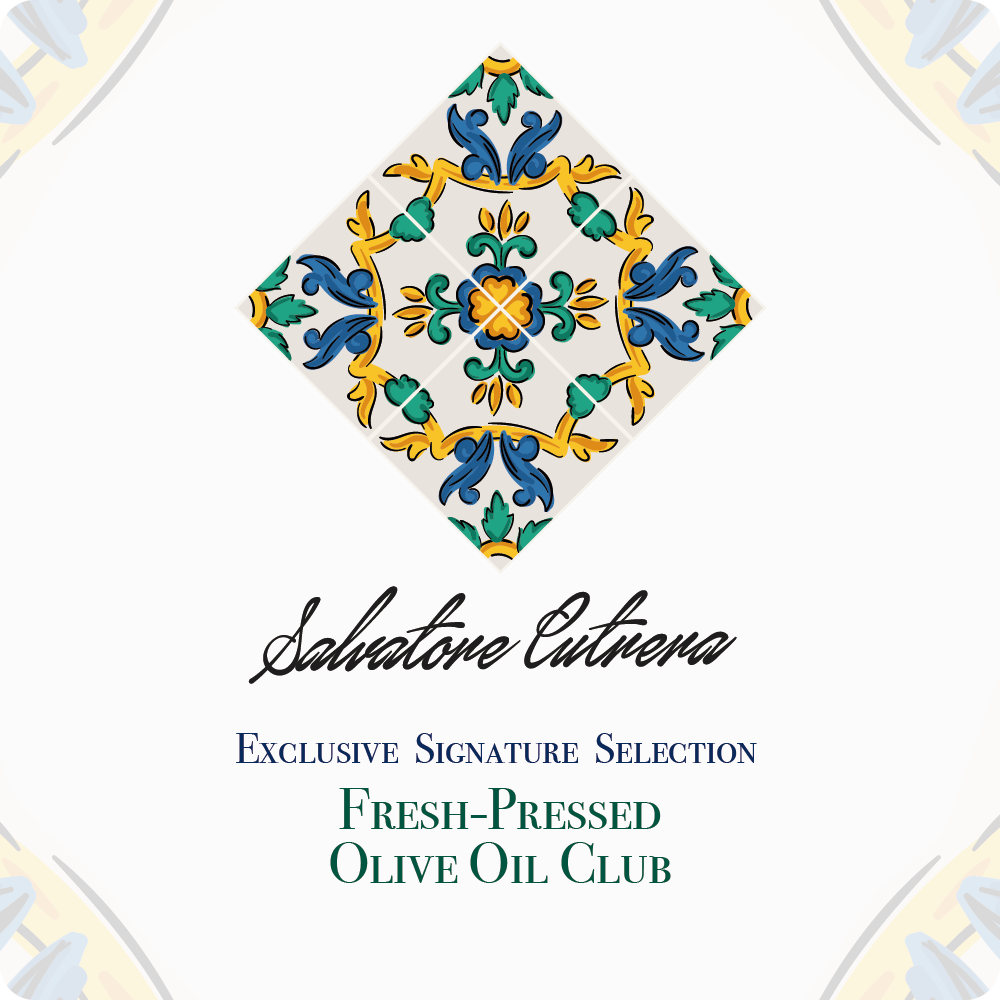
This season, Frantoi Cutrera unveiled a spectacular new olive oil producing center. To call it a “mill” seems utterly inadequate: at more than 85,000 square feet, this visionary structure houses a state-of-the-art olive mill, bottling line, warehouse, food production facilities, classrooms for community education and olive oil tasting, and a central gathering area. More than forty years of sweat equity, sacrifice, and internationally award-winning innovation by Salvatore Cutrera and his family have culminated in what could be appropriately characterized as “a cathedral of olive oil.”
You could also call it The House That Olive Oil Built. In 1979, Salvatore’s father, Giovanni, established the family’s first olive mill (frantoio) in Chiaramonte Gulfi, in southeastern Sicily. In time, Giovanni entrusted the day-to-day management of operations to Salvatore and his sisters, Maria and Giusi. Today, Frantoi Cutrera is one of the most decorated olive oil producers in Italy and across the globe. When I first visited Salvatore in Sicily, in 2017, I was astounded to see that the main office was literally plastered with awards: in addition to plaques and statuettes on display, the intricately designed paper on the walls was composed of replica certificates won by Cutrera olive oils. I can only imagine how extraordinary the new office must be!
Frantoi Cutrera is truly a family affair: Salvatore reports that his son, Giovanni, and nephew, Giuseppe, have joined the team, which also includes Salvatore’s wife, his two sisters, and their husbands. “It takes the strength of three families” to produce the finest olive oil, Salvatore notes. The Cutrera mill is always abuzz with creation, noisy and extremely efficient, with round-the-clock hyperkinetic activity during the harvest. Salvatore’s mother, Mary, lives in a house attached to the former mill (only 600 yards from the new workplace), and I wonder how strange it must be for her, now, to have peace and quiet.
The substantial Cutrera groves, which comprise about 250 acres over a patchwork of small farms, nurture just two olive varieties: Tonda Iblea and Nocellara del Belice, both “table olives” (the plump, zesty drupes that, when brined, may make an appearance on an antipasto platter). I am exceedingly fond of EVOO pressed from table olives because the fruit is so flavorful, and so are the resulting oils.
The weather this season, however, had me concerned that there might be no olives at all in Sicily, table or otherwise. First, it was the hottest summer in a century, with no rainfall for five months. According to my trusted colleague Duccio Morozzo, who was on the ground in Italy for the harvest, the slight humidity that accompanied the heat helped to protect the olives from withering on the branches.
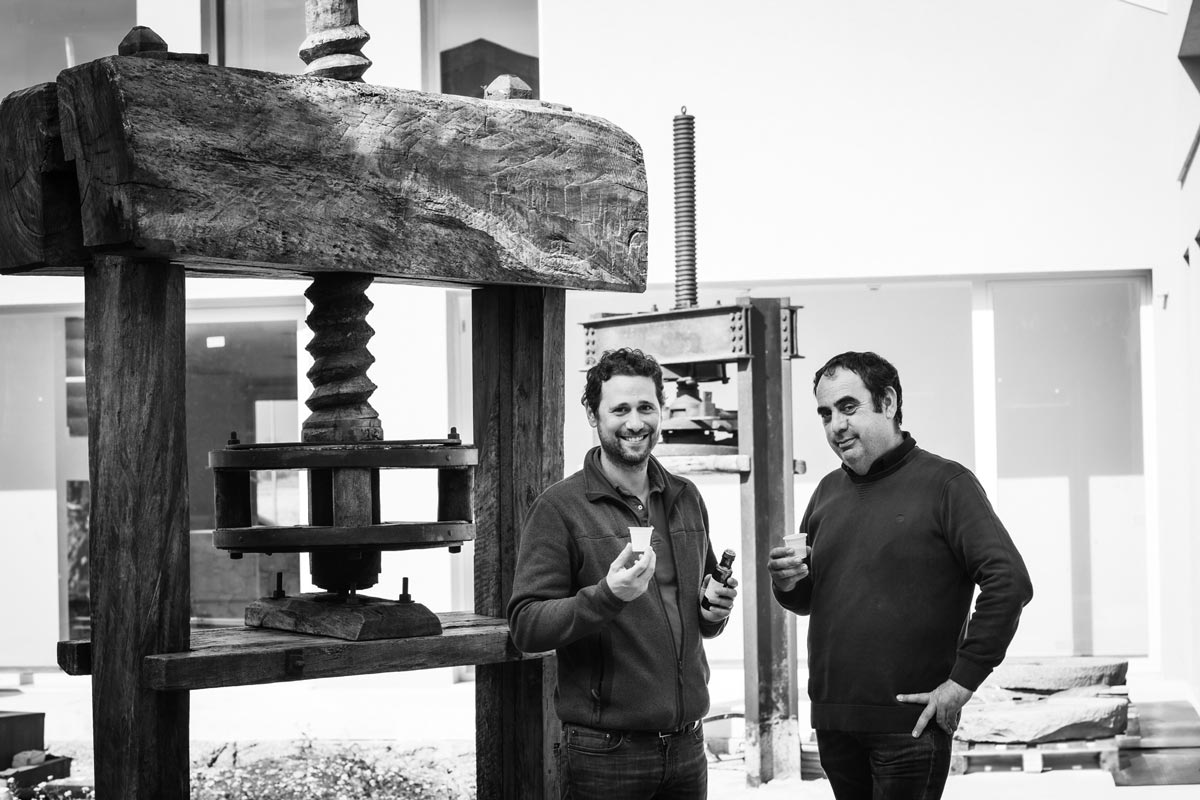
Then, a hurricane hit, bringing two weeks of heavy wind and rain. Olive crops in the eastern part of Sicily were destroyed. Thankfully, the Cutrera groves were shielded by Monte Iblei (the Hyblean Mountains, in English), which span the southeastern provinces of Ragusa, Syracuse, and Catania. The rain was welcome, even if overly intense, as the increase in the olives’ water content allowed the fruit to finish developing, and the blustering winds shook off some defective olives from the trees, effectively “pre-selecting” for the harvest.
Technological advances at the new mill take selection further, as close to perfection as possible. As one of several high-tech experiments of the past few years, Frantoi Cutrera has implemented a system with a sensor that scans the freshly picked fruit as it enters the mill. A targeted blast of air dismisses any substandard specimens at lightning speed. The team can set parameters based on size, shape, coloration, and more, ensuring that only the finest olives make their way to the crusher. Each detail of the milling process has been intentionally planned for optimal quality control. The project was also designed to minimize environmental impact: solar panels generate energy, and water is purified after production for reuse.
Longtime customers feel a sense of collective pride in what the Cutrera family has achieved. “We have grown up together,” Salvatore agrees. The mill could have stayed where it was; the company is world renowned, and they would have continued to excel. But Salvatore and his family do not rest on their laurels. They are always striving to improve, to perfect, to create oil of even more exquisite quality, and to engage more directly with the community.
“This is either an arrival or a new starting point,” proclaimed Salvatore. My response was, “I think it’s both!”
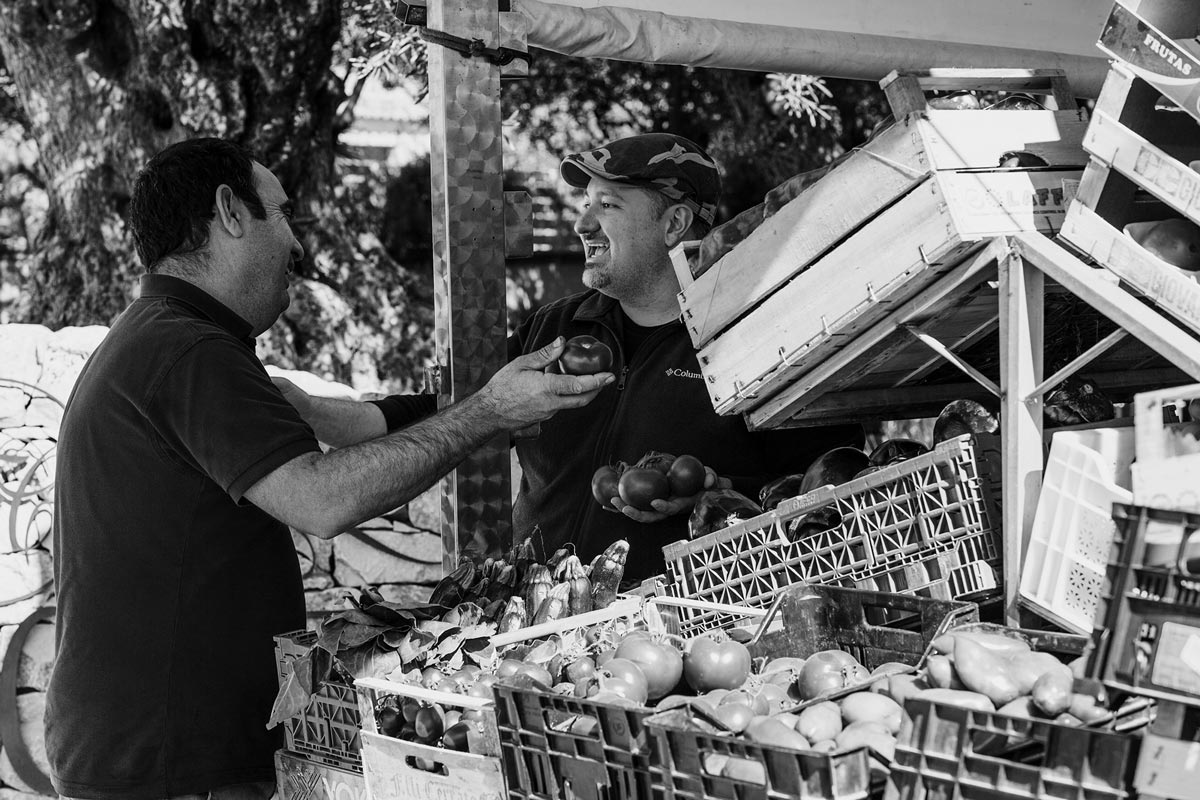
Impressions and Recommended Food Pairings
A blend of Sicilian Nocellara del Belice and Tonda Iblea olives, this is the mildest oil in the trio. On the nose, it evokes tomato leaf, lettuce, celery, mint, baby spinach, walnuts, and a whiff of pear, complemented by wheatgrass, Belgian endive, and white pepper. Expect a lush, velvety mouthfeel and distinctly green, grassy flavors with spinach, celery, lime, green tomato, and green apple peel in this well-balanced oil, which also features a bitterness akin to Belgian endive and walnut skins. On the finish, you’ll notice a fresh ginger- and white pepper-like spiciness.
Pair this genial oil with salads, such as those featuring tomatoes, fruit, walnuts, or spinach; chicken and turkey; shrimp, scallops, and lobster; mild fin fish including cod, whitefish, halibut, or sole; fresh cheeses, such as mozzarella, ricotta, or burrata; yogurt; simple pasta dishes; potatoes, sweet potatoes, mushrooms, green beans, and carrots; risotto; focaccia or white pizza; and quick breads or biscotti.
This Quarter’s Second Selection

“IT’S THE YEAR OF THE ARTICHOKE!” Claudio di Mercurio exclaimed in a recent social media post announcing this year’s harvest. The savvy producer of Frantoio Mercurius described the eagerly awaited pressings from his olive mill and led with the delightful aromatic profile that had taken him by surprise.
“Sometimes it’s green almond,” he told me, describing the preeminent aroma of the Mercurius oils, when we spoke on a Zoom call during the harvest. “But this year, it is artichoke.” About 70% of the Di Mercurio family’s groves are planted with Dritta, an olive varietal indigenous to the Abruzzo region and, as far as I’ve been able to gather, one that is cultivated nowhere else on earth. (When asked if Dritta grew in other parts of Italy, Claudio said no. Then, after a pause, he mused, “I think there is a cousin, San Felice, in Umbria.” It seemed to me quintessentially Italian to conceive of the related olives as cousins.)
The Italian word dritta means, alternately, “dependable,” “trustworthy,” and “sweet” (genial). The olive Dritta lives up to its name: in all my years as the Olive Oil Hunter, I don’t think I’ve encountered another variety as consistent as this one. Dritta trees produce fruit every year, in contrast to many biennial olive cultivars. To my astonishment, I had never even heard of Dritta prior to the fall of 2018, when I first introduced Claudio’s EVOO to our Club. Now, I’m thrilled to be sharing a dazzling Dritta from Frantoio Mercurius with you for the fourth year in a row. Talk about dependable!
The Mercurius team began producing olive oil in 2010, debuting as Frantoio Hermes, a clever play on the surname Di Mercurio—avid readers of mythology might make the connection between the Greek messenger god, Hermes, and his Roman avatar, Mercury. (Last year, the influential fashion house Hermes—apparently concerned that an ultra-premium olive oil might be confused for a silk scarf—forced the name change.) In its very first pressing year, the producer’s oils won top regional awards and brought the mill to international attention. Ten years of hard work paid off, when its Dritta—the very same oil that you, my lucky Club members, experienced last winter—took highest honors at the 2020 Sirena D’Oro competition, an historical first for Dritta.
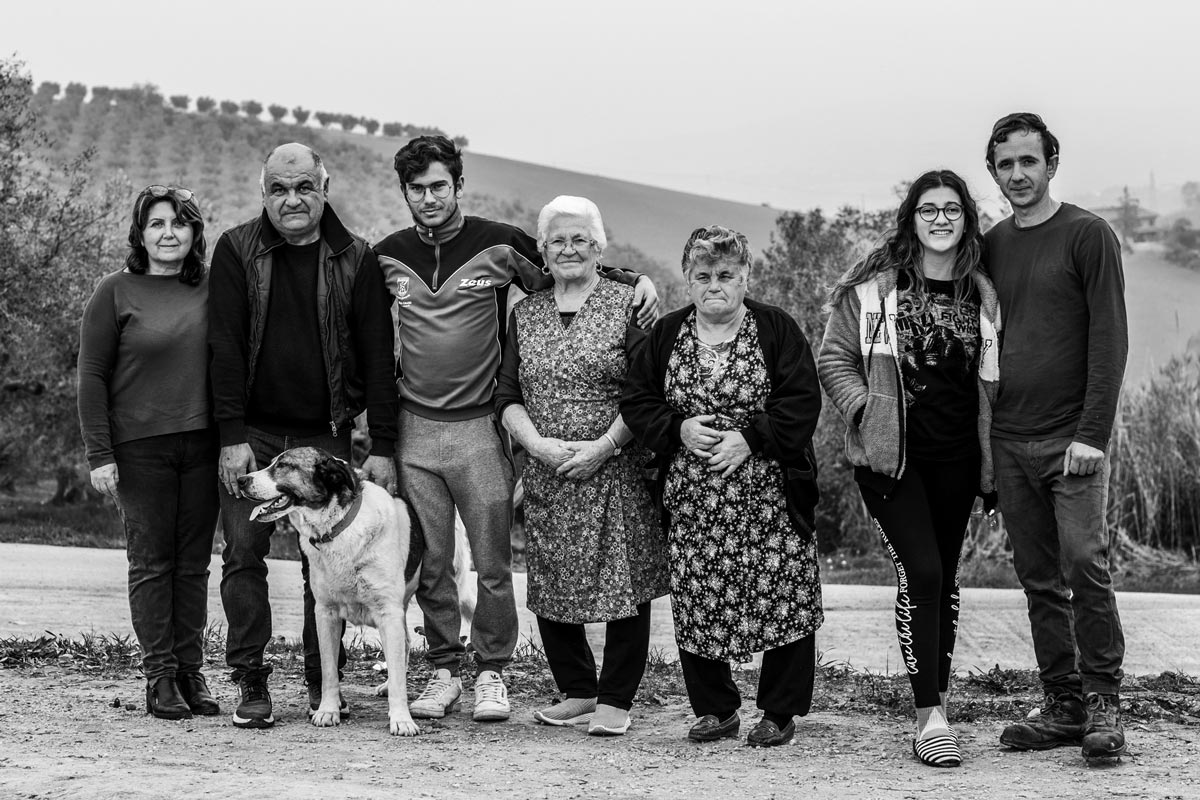
I asked Claudio how he had managed to increase production this year, when many other Italian producers have struggled.
“It is the microclimate of Penne,” he confided. The Appenine Mountains divide Italy along its length, he explained, and serve as a protective shield for the ancient city of Penne, which lies in the Abruzzo region to the south. Cradled by the smallish mountain peaks, and with the Mediterranean Sea to its east, Abruzzo typically experiences a very mild spring and is protected from the blistering heat waves of the sort that destroyed many olive crops in the northern half of the country this year.
Location just sets the stage, though—the Frantoio Mercurius team works year-round to facilitate and maintain this kind of consistency. Two years ago, Claudio and his crew experimented with some light pruning of the trees, which increased fruit production. They’re also in the process of building a greenhouse near the mill as a nursery for tiny trees, with the intent of cultivating new varietals on the farm. This season they debuted improvements to the mill that enable accelerated crushing of the fruit, with a cooling system to keep the temperatures low inside the mill.
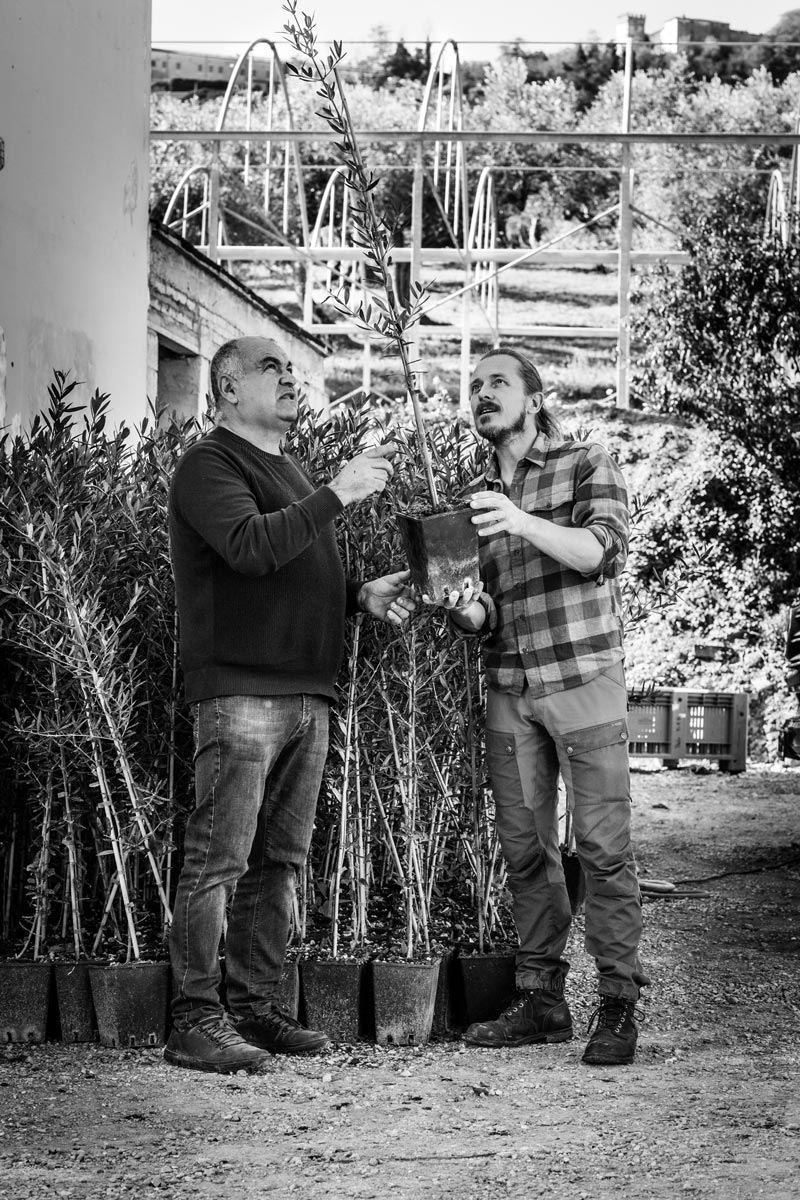
Aromas—the perfumes of the olive oil, or what we call “the nose” in the tasting notes below—are created in the crusher, when oxygen briefly comes in contact with the aromatic oils released by the fruit. Keeping the crushed olive paste cool is imperative for heightening and preserving those perfumes.
Dritta reflected a different facet of its aromatic profile this year: artichoke. Similar to hazel eyes that look blue, green, or brown in different light, olive varieties manifest different aromas and flavors depending on the variables of the season. Often, of course, one note may be predominant, but many others come into play as well. Claudio cited the cool autumn and a bit of rain right before the harvest as likely influential factors in creating the soft, beguiling artichoke-forward scent of the exclusive oil you have before you. We can’t wait for you to try it.
Impressions and Recommended Food Pairings
The nose of this elegant oil captures perfumes reminiscent of shaved raw artichoke, fresh-cut grass, green almond, lime, green banana, kiwi, and escarole, with black pepper and cinnamon. Flavors on the palate include artichoke, almond, and pine nuts balanced with the bitterness of radicchio, arugula, and celery leaf. A protracted, slightly mouth-numbing finish was noticed—“Feel the polyphenols dancing on your tongue,” said one taster.
Pair with hearty salads, such as an Italian chopped salad; charcuterie platters; beans; soups; lamb; veal; duck; salmon; roasted vegetables, such as broccoli, cauliflower, fennel, brussels sprouts, and winter squashes, like pumpkin; tomato-based pasta dishes; eggs; crusty breads; vanilla ice cream or panna cotta.
This Quarter’s Third Selection
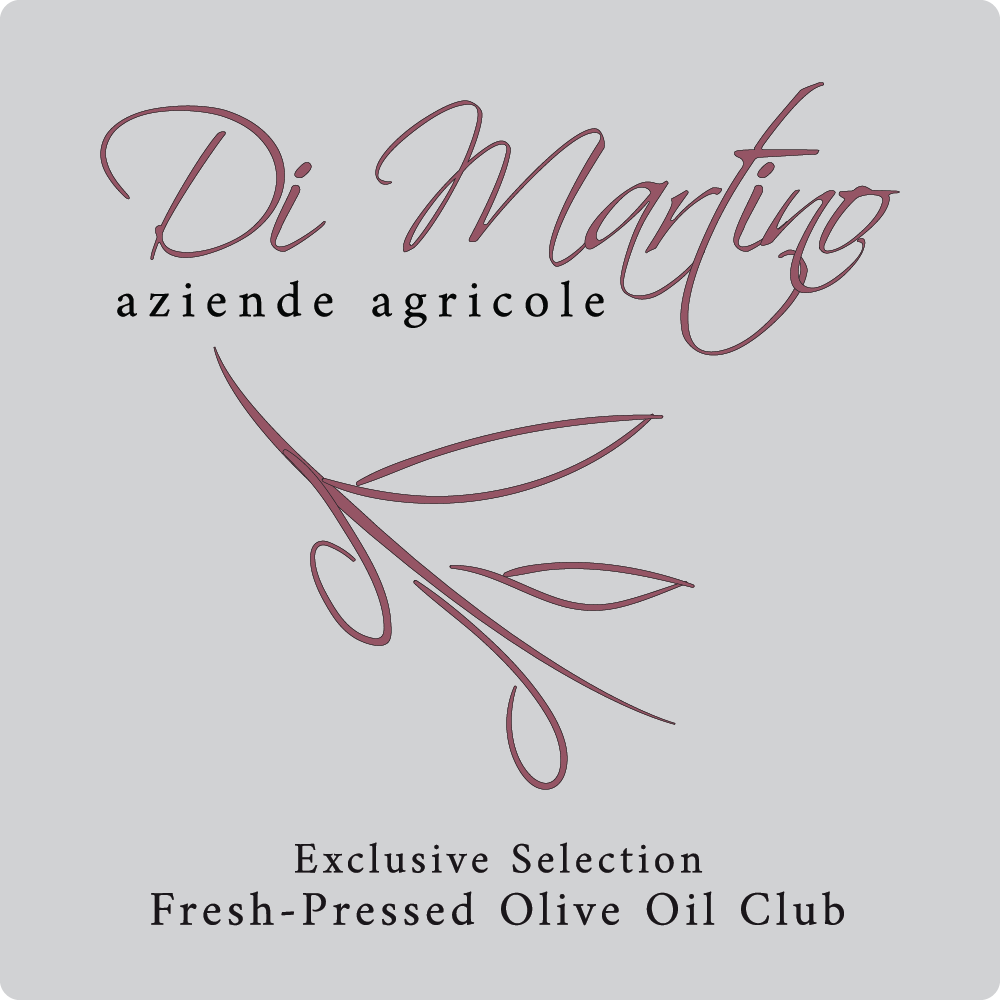
Because to love a land also means sometimes to clash with it, it means to take on the difficulties and also to value the fruits.
—Maria Francesca Di Martino
Meet the dynastic Apulian family that has had a deep and abiding connection to their land and olive groves since 1647. Their vivacious matriarch, olive oil producer Maria Francesca Di Martino, comes from a long line of oil traders who emigrated from northern Italy and settled near Trani, an active port on the Adriatic Sea.
When asked if she was the first woman to run the award-winning farm, Maria Francesca demurred. Family lore, she said, suggests a female ancestor was likely the first, assuming the role when Napoleon imprisoned her husband for revolutionary leanings.
The family’s more recent ancestral history is represented in the company’s official name, which combines the surnames of Maria Francesca’s father and mother. I am reprinting it here in its entirety so you can marvel, as I did, at its length: Aziende Agricole Di Martino – de Luca di Roseto Tupputi Schinosa delle sorelle Di Martino.

The family’s land holdings were once vast, encompassing some 7,400 acres. Eventually, the farm was divided among the family’s surviving heirs. Maria Francesca astutely acquired contingent pieces of the original property and now manages over 400 acres of monumental centuries-old olive trees, including a grove of gnarled 350-year-old trees fondly called “Oliveto La Dote.” The name roughly translates to “the olive dowry.” Though old photographs on the walls of the family’s stunning antique-filled home picture a vintage mill, most of the olive crop from the 28,000 trees was sold commercially when Maria Francesca took over the business. In 2015, she commissioned a beautiful state-of-the-art mill with a stained-glass ceiling.
The Coratina our Club members received this quarter is an unexpected find, the first single-varietal Italian Coratina I have selected in more than a decade. Originally from Corato, near the ankle of the Italian boot, this sometimes irascible cultivar (the most popular olive in Apulia, which produces 50 percent of Italy’s oil) requires a skilled miller to summon its best qualities. How did I discover this intersection of olive and producer? Acting on a tip from olive oil expert Duccio Morozzo della Rocca, I first visited this historic farm in 2019. Unfortunately, the region’s harvest was not yet underway, so I was unable to sample their oils.
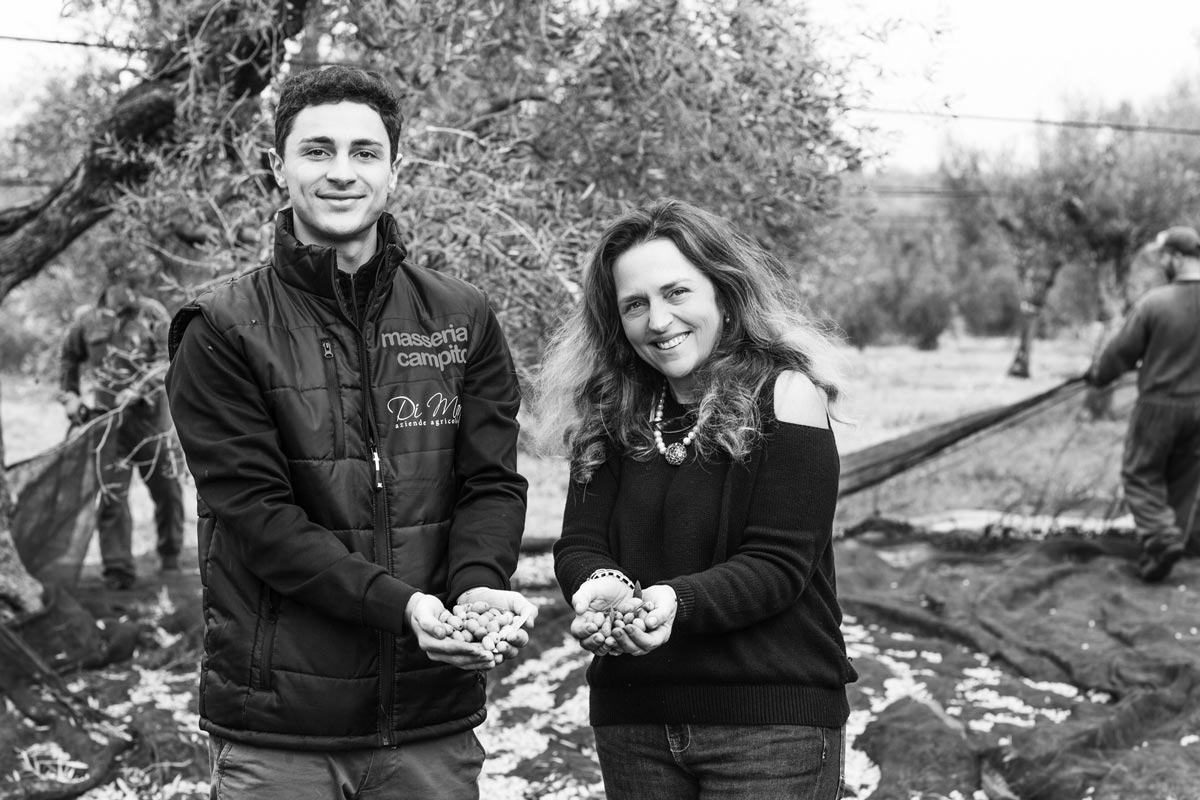
But this year, the planets were in alignment! Several developments put the estate’s Coratina in my sights once again. A chance meeting at a food exhibition between Maria Francisco’s 22-year-old son, Paolo, and olive oil expert Nicolangelo Marsicani set the chain of events into motion. Paolo, then an agricultural student steeped in the nearly 400-year olive oil legacy of the family farm, was fascinated by Marsicani’s more modern approach to olive oil production. (Coincidentally, Nicolangelo is a friend of Duccio’s, an example of how small the world of quality olive oil really is. And how invaluable good connections are!)
Paolo then invited the detail-oriented master miller to the farm to assess the mill and the farm’s agricultural practices. By implementing what Paolo characterized as small changes, such as daily deep-cleaning of the milling equipment and the installation of a filtering system, the next harvest was transformed; the oils were more refined, more elegant. An “ugly duckling to swan” story.

At first, Maria Francesca was a bit resistant to the changes young Paolo insisted on making, citing the family’s long history with olives. But Nicolangelo’s influence has subtly but dramatically shifted this farm’s trajectory. He worked closely with the farm’s miller of three years, Michele Siniscalchi Montereale. With Duccio translating, Michele poetically compared olives to a sculptor’s raw chunks of marble: “You have to find and bring out the beauty in them.” To his credit, Michele has certainly brought out the best in this exquisite, polyphenol-rich Coratina.
The Di Martino family is exceedingly proud to share this extra virgin olive oil with the discriminating palates that populate the Fresh-Pressed Olive Oil Club. (I’ve tried to train you well!) They will be so eager to hear your comments. As will I.
Impressions and Recommended Food Pairings
Pressed from 100% Coratina olives, this intriguing oil is intensely green—bold, but not overwhelming. On the nose, it presents arugula, basil, kale, artichoke, fennel, rosemary, and golden apple, with bass notes of hazelnut and black pepper. On the palate? It’s like pesto in a bottle.` You might detect chicory, artichoke, watercress, wheatgrass, spinach, lime zest, Tuscan kale, and fresh green almond, with the spiciness of black pepper and the astringency of green tea. It crescendos to a sensational, nuanced finish.
We suggest pairing this muscular yet remarkably food-friendly oil with steak or grilled meats; game meats or birds; hearty soups, stews, and braises; tuna, swordfish, or oilier fish like mackerel; aged cheeses (it could even stand up to blue cheeses like Gorgonzola); grilled radicchio or eggplant; caponata or ratatouille; grains and beans; cruciferous vegetables; dark chocolate, including baked goods like cakes or brownies; and chocolate mousse.
Olive Oil and Health
Based on the study by Giuseppina Augimeri, et al, published in Antioxidants (July 2021)
Teenagers who more closely adhered to the Mediterranean diet had lower levels of inflammatory markers in their blood serum, which may have a positive impact on preventing metabolic and chronic diseases later in life, the results of a new study show.
Researchers in Calabria also measured higher levels of antioxidants and anti-inflammatory activity in the serum of the adolescents who more closely followed the Mediterranean diet, compared to teenagers who were medium or poor adherers.
Study Design: The study used the Mediterranean Diet Quality Index for children and teenagers (KIDMED) to assess adherence to the Mediterranean diet among the 77 participants, public high school students ages 14 to 17 (36 girls and 41 boys).
Participants provided reports on their meals every 24 hours through scheduled daily telephone calls with nutritionists. A value of +1 was assigned to the intake of whole grains, vegetables, fruits, legumes, dairy products, fish, nuts, and olive oil. A value of −1 was assigned to skipping breakfast, eating fast food, and consuming baked goods or sweets. Data on the methods of food preparation, ingredients used in prepared dishes, and serving size were also collected.
Daily nutrition results were scored from 0 to 12, and adherence to the Mediterranean diet was classified in 3 groups: a daily average of >8 points (“optimal”); 4 to 7 (“medium”); and <3 points (“poor”). Blood samples were taken at the study’s outset and at the 6-month point.
Results: At 6 months, 43 percent of participants scored in the “optimal” category; 48 percent scored in the “medium” category; and 9 percent scored in the “poor” category.
Among the “optimal” group, there was clear evidence of higher levels of antioxidants and anti-inflammatory activity in blood serum, compared with the “medium” and “poor” adherers. And, although all 3 groups consumed a similar daily amount of calories, the “optimal” group had a significantly higher intake of polyunsaturated fatty acids (PUFAs, found in olive oil and nuts), total dietary fiber, and vitamins B2 and C, compared to “poor” adherers.
These results strongly reinforce the importance of a healthy diet for adolescents. The investigators intend to continue to study the effects on young people of consuming a Mediterranean diet—future areas of focus will include the polyphenol content of various foods.
Takeaway: Greater adherence to the Mediterranean diet in adolescents is linked to higher levels of antioxidants and anti-inflammatory activity, which may help prevent metabolic and chronic diseases in adulthood.
Reference: Augimeri G, Galluccio A, Caparello G, et al. Potential antioxidant and anti-inflammatory properties of serum from healthy adolescents with optimal Mediterranean diet adherence: findings from DIMENU cross-sectional study. Antioxidants. 2021;10:1172. doi:10.3390/antiox10081172
Kudos from Club Members
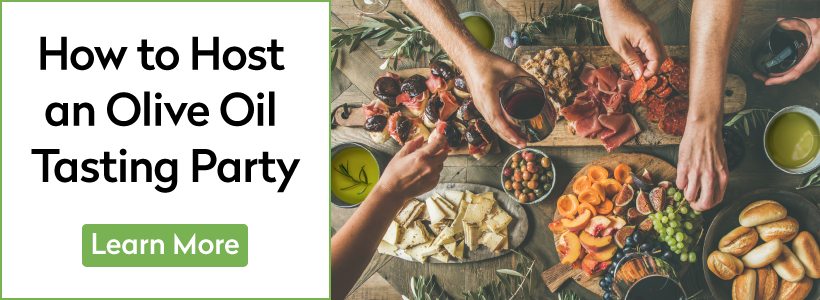
Recipes
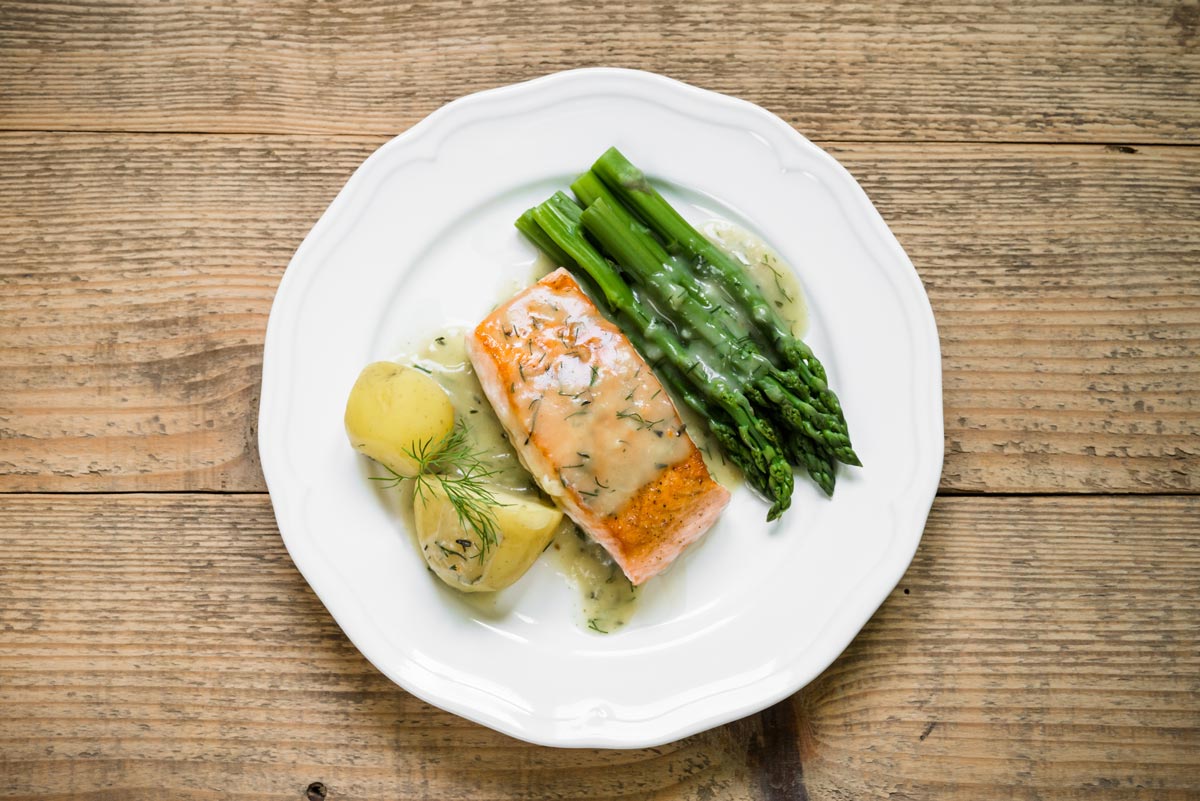 Marinated Fish with Salmoriglio Sauce Nearly any kind of mild fish can be enhanced with salmoriglio, a centuries-old sauce with uncertain beginnings that is popular in southern Italy. We also love it on potatoes, chicken, and shrimp or other shellfish. Ingredients For the Fish: White vinegar2 pounds fish fillets, such as trout, halibut, or wild salmon, with or without skinCoarse… view recipe
Marinated Fish with Salmoriglio Sauce Nearly any kind of mild fish can be enhanced with salmoriglio, a centuries-old sauce with uncertain beginnings that is popular in southern Italy. We also love it on potatoes, chicken, and shrimp or other shellfish. Ingredients For the Fish: White vinegar2 pounds fish fillets, such as trout, halibut, or wild salmon, with or without skinCoarse… view recipe Oven-Roasted Eggplant I enjoy multiple variations of this yummy recipe. Some of my finishing options: 1 teaspoon fresh thyme leaves; a drizzle of fresh lemon juice; parsley, chives or green onions; a drizzle of honey and chopped, fresh rosemary; a drizzle of good quality aged balsamic vinegar; a dollop of yogurt. Ingredients 1 1/2 pounds eggplant (2… view recipe
Oven-Roasted Eggplant I enjoy multiple variations of this yummy recipe. Some of my finishing options: 1 teaspoon fresh thyme leaves; a drizzle of fresh lemon juice; parsley, chives or green onions; a drizzle of honey and chopped, fresh rosemary; a drizzle of good quality aged balsamic vinegar; a dollop of yogurt. Ingredients 1 1/2 pounds eggplant (2… view recipe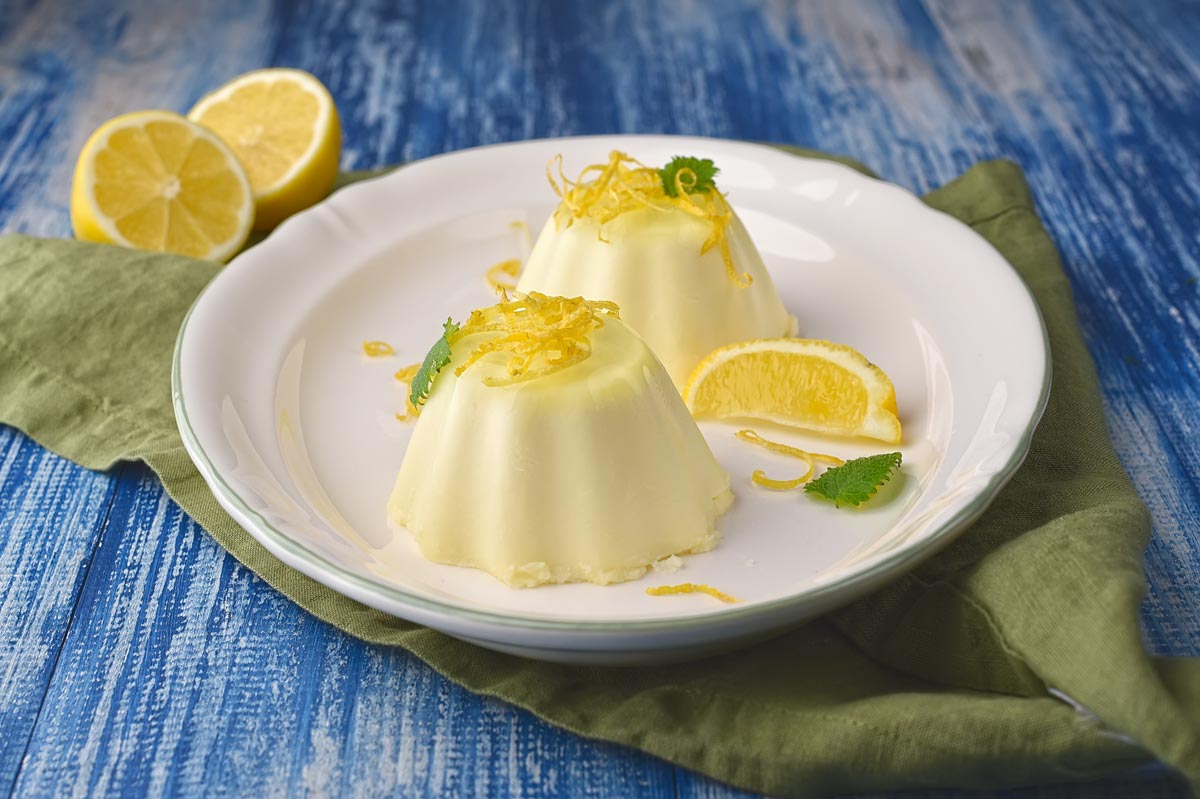 Lemon and Olive Oil Panna Cotta This classic Italian dessert (panna cotta translates to “cooked cream”) is simultaneously rich-tasting, yet light. For a festive touch, substitute orange zest for lemon zest, then garnish with candied orange peel and/or fresh pomegranate arils. We used an olive oil of medium intensity. Ingredients 1 1/2 teaspoons unflavored powdered gelatin 1 tablespoon cold water 2… view recipe
Lemon and Olive Oil Panna Cotta This classic Italian dessert (panna cotta translates to “cooked cream”) is simultaneously rich-tasting, yet light. For a festive touch, substitute orange zest for lemon zest, then garnish with candied orange peel and/or fresh pomegranate arils. We used an olive oil of medium intensity. Ingredients 1 1/2 teaspoons unflavored powdered gelatin 1 tablespoon cold water 2… view recipe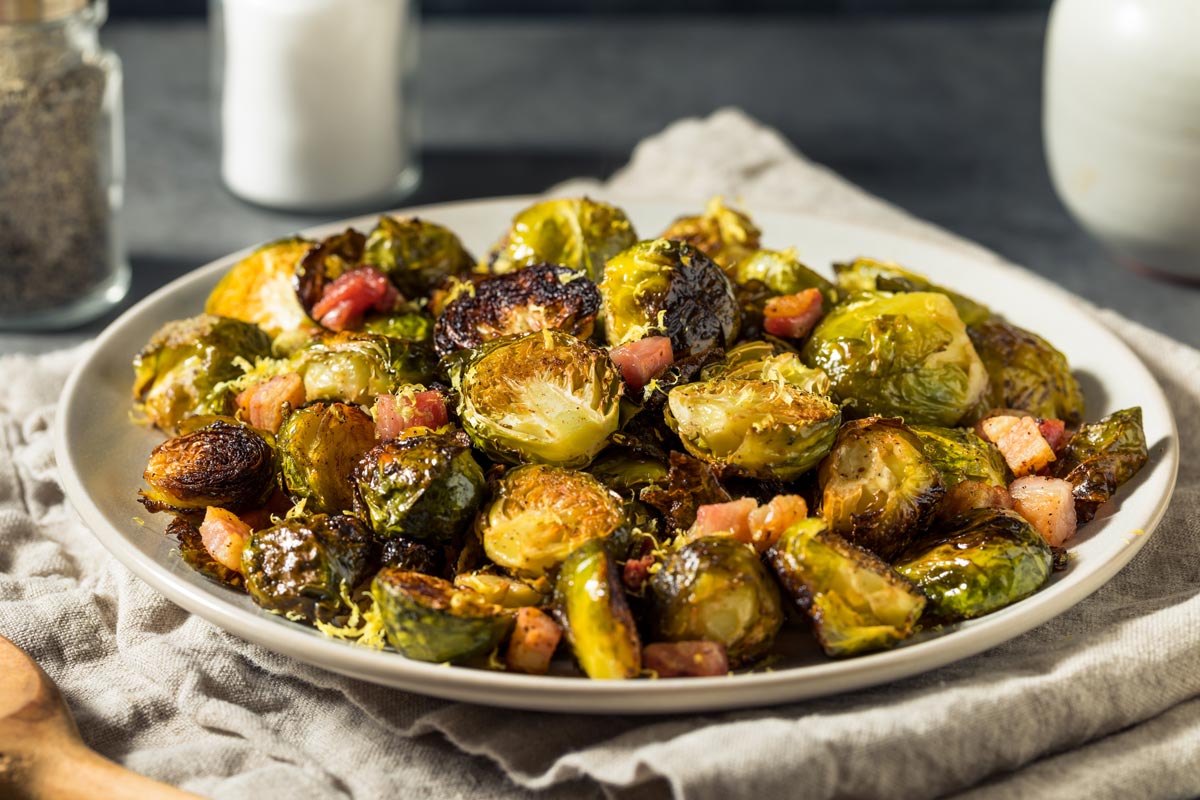 Brussels Sprouts with Pancetta Though sold year round, brussels sprouts are at their best after the first frost. (Near the holidays, you can sometimes find them still on the stalk.) Diced pancetta and balsamic vinegar make these an unforgettable side dish. Another plus? The sprouts can be braised on the stovetop, freeing up valuable real estate in your oven.… view recipe
Brussels Sprouts with Pancetta Though sold year round, brussels sprouts are at their best after the first frost. (Near the holidays, you can sometimes find them still on the stalk.) Diced pancetta and balsamic vinegar make these an unforgettable side dish. Another plus? The sprouts can be braised on the stovetop, freeing up valuable real estate in your oven.… view recipe Lentil Soup You likely have everything you need in your pantry to make this hearty and filling soup. Feel free to use green French lentils or the more common (and less expensive) brown variety. Blending a portion of the soup gives it a creamy texture. Ingredients 1/4 cup extra virgin olive oil, plus more for drizzling 1… view recipe
Lentil Soup You likely have everything you need in your pantry to make this hearty and filling soup. Feel free to use green French lentils or the more common (and less expensive) brown variety. Blending a portion of the soup gives it a creamy texture. Ingredients 1/4 cup extra virgin olive oil, plus more for drizzling 1… view recipe Orecchiette with Roasted Butternut Squash and Kale The sweetness of butternut squash makes the leap to savory when paired with fresh-pressed olive oil, sage, and kale. Of course, butternut squash can be notoriously difficult to peel and cube. We’ve found it’s easier if you slice the top and bottom off with a sharp knife, then microwave the squash for 3 to 4… view recipe
Orecchiette with Roasted Butternut Squash and Kale The sweetness of butternut squash makes the leap to savory when paired with fresh-pressed olive oil, sage, and kale. Of course, butternut squash can be notoriously difficult to peel and cube. We’ve found it’s easier if you slice the top and bottom off with a sharp knife, then microwave the squash for 3 to 4… view recipe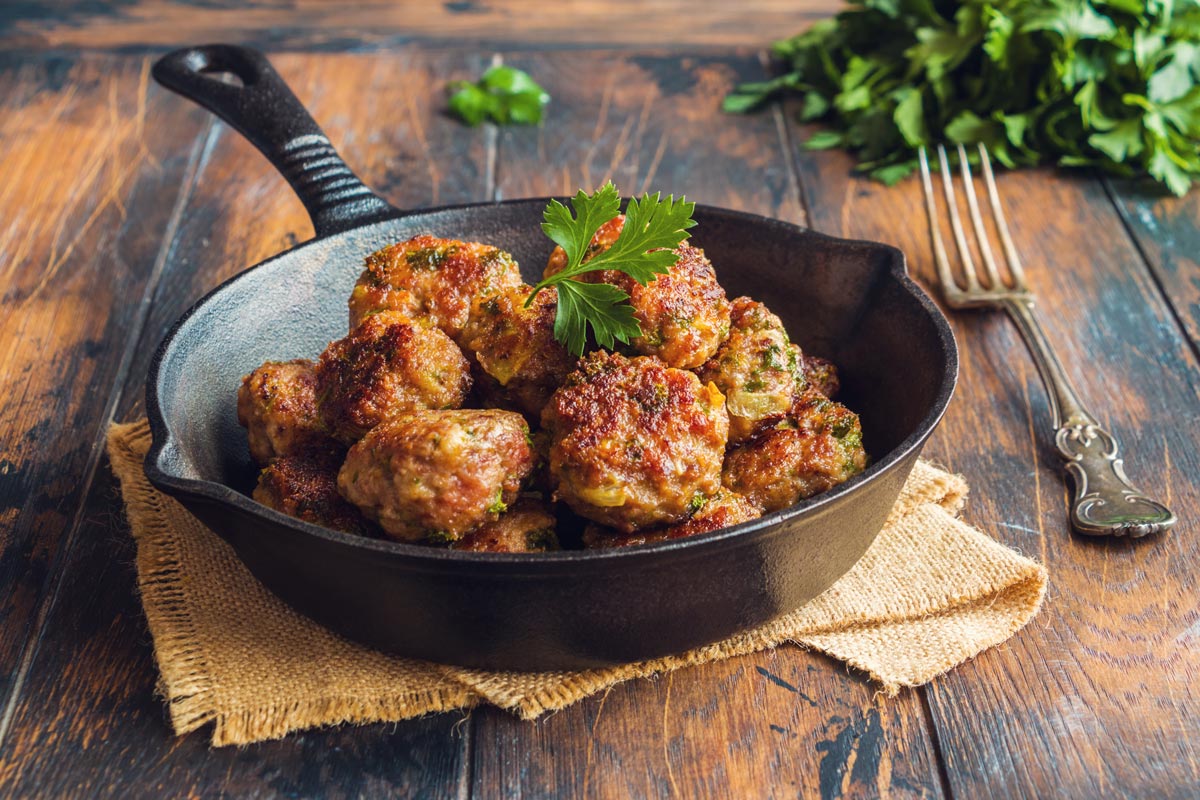 Sicilian-Style Meatballs Sicilian-style meatballs can be distinguished from others by the unexpected but delightful addition of currants and pine nuts. While many traditional cooks fry their meatballs on the stovetop before simmering them in tomato sauce, we prefer to bake ours on a wire rack positioned over a rimmed sheet pan. (The meatballs retain their shape and… view recipe
Sicilian-Style Meatballs Sicilian-style meatballs can be distinguished from others by the unexpected but delightful addition of currants and pine nuts. While many traditional cooks fry their meatballs on the stovetop before simmering them in tomato sauce, we prefer to bake ours on a wire rack positioned over a rimmed sheet pan. (The meatballs retain their shape and… view recipe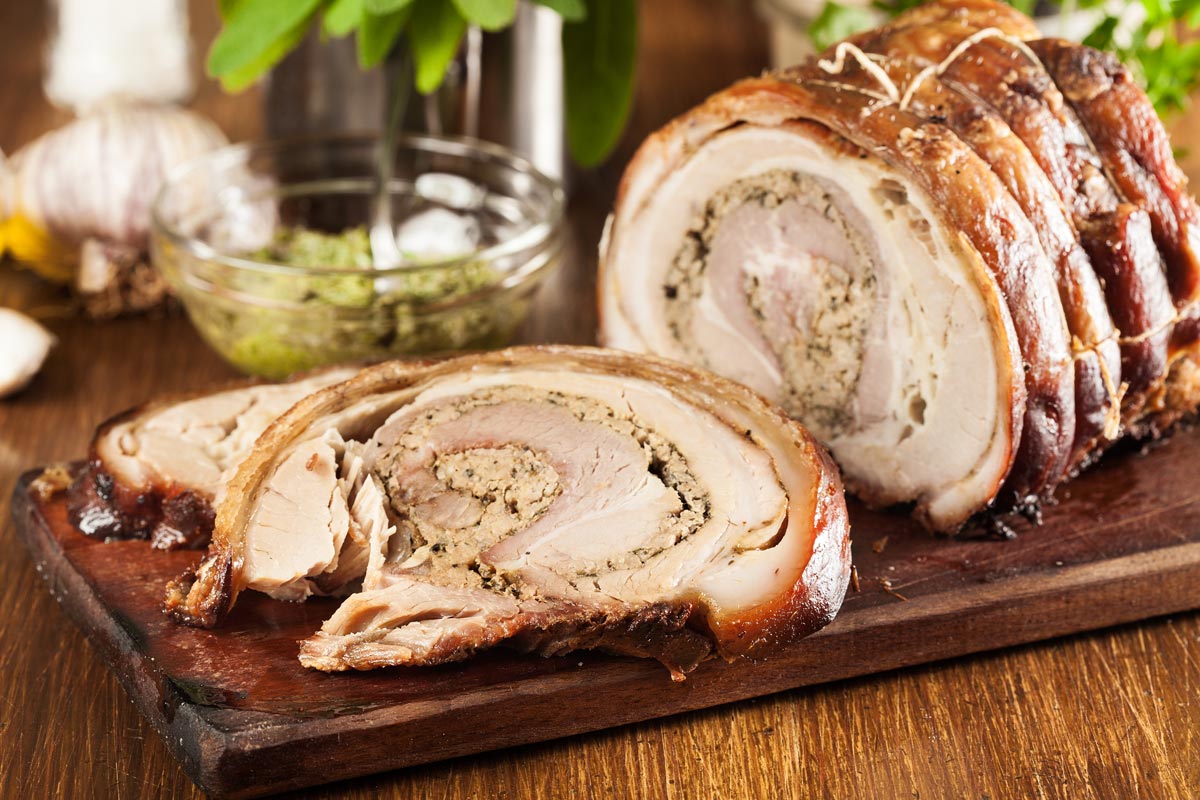 Italian-Style Porchetta Loaded with flavor, this fancy version of a pork roast looks stunning when served whole on a platter, or it can be sliced thinly for sandwiches. Olive oil keeps it moist as it roasts. (Be sure to buy the larger loin roast, not pork tenderloin.) Ingredients 4 cloves garlic, peeled and coarsely chopped 1/4 cup… view recipe
Italian-Style Porchetta Loaded with flavor, this fancy version of a pork roast looks stunning when served whole on a platter, or it can be sliced thinly for sandwiches. Olive oil keeps it moist as it roasts. (Be sure to buy the larger loin roast, not pork tenderloin.) Ingredients 4 cloves garlic, peeled and coarsely chopped 1/4 cup… view recipe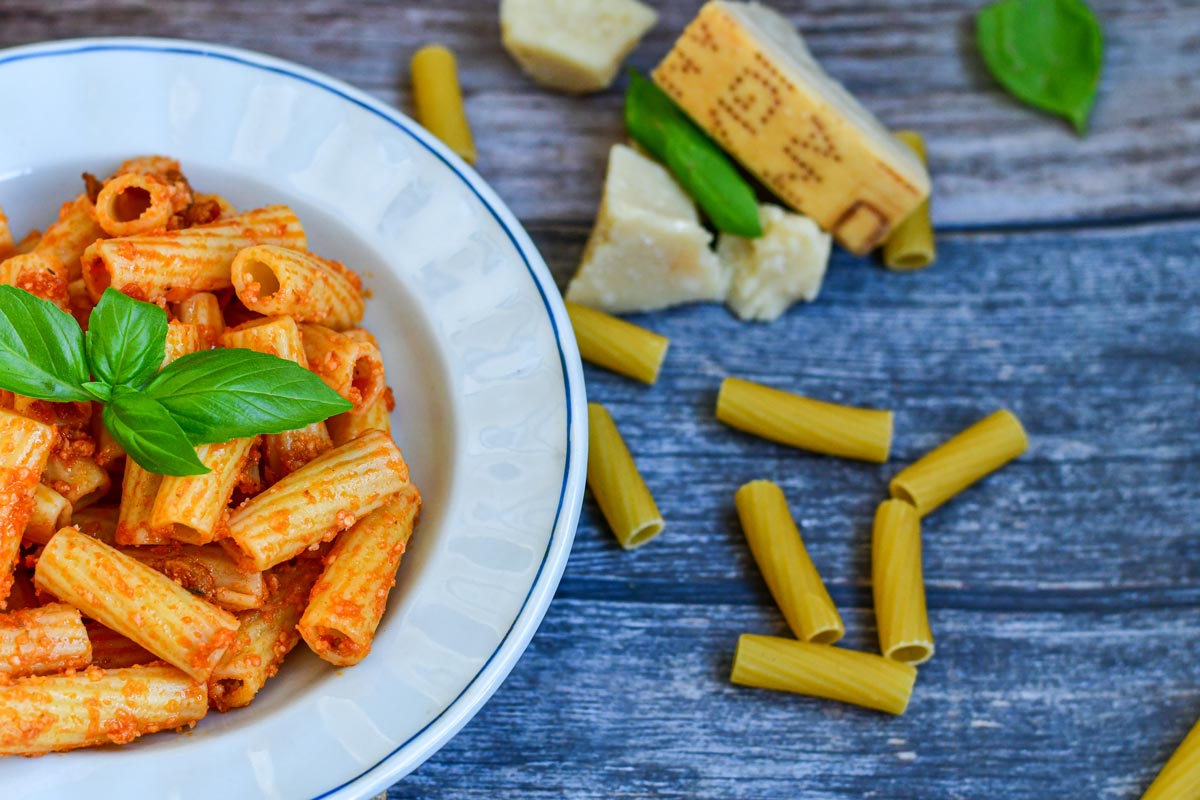 Garden Pasta Alla Di Mercurio My colleague, master miller Duccio Morozzo della Rocca, and I created this dish during a visit to the Di Mercurio farm and mill. The tomato puree we used is called passata. Find it at larger supermarkets or online. Or use another premium tomato puree, such as one made from San Marzano tomatoes. Ingredients Coarse salt… view recipe
Garden Pasta Alla Di Mercurio My colleague, master miller Duccio Morozzo della Rocca, and I created this dish during a visit to the Di Mercurio farm and mill. The tomato puree we used is called passata. Find it at larger supermarkets or online. Or use another premium tomato puree, such as one made from San Marzano tomatoes. Ingredients Coarse salt… view recipe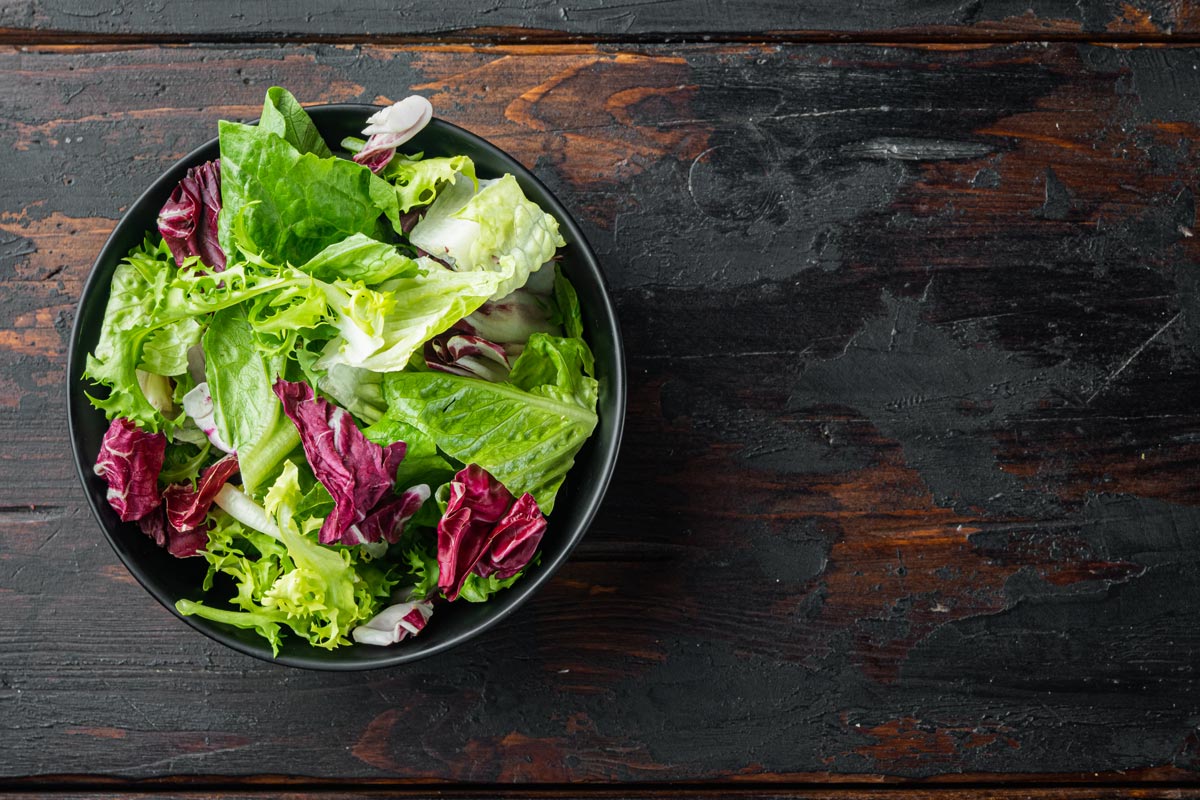 Italian Chopped Salad Like an Italian deli in a bowl, this salad combines colorful greens with crispy roasted chickpeas, salami, and provolone. The original recipe was heavy on radicchio and endive, both of which can be bitter. We tamed them with the addition of romaine hearts and added tangy pepperoncini as an option. Substantial enough to serve as… view recipe
Italian Chopped Salad Like an Italian deli in a bowl, this salad combines colorful greens with crispy roasted chickpeas, salami, and provolone. The original recipe was heavy on radicchio and endive, both of which can be bitter. We tamed them with the addition of romaine hearts and added tangy pepperoncini as an option. Substantial enough to serve as… view recipe



